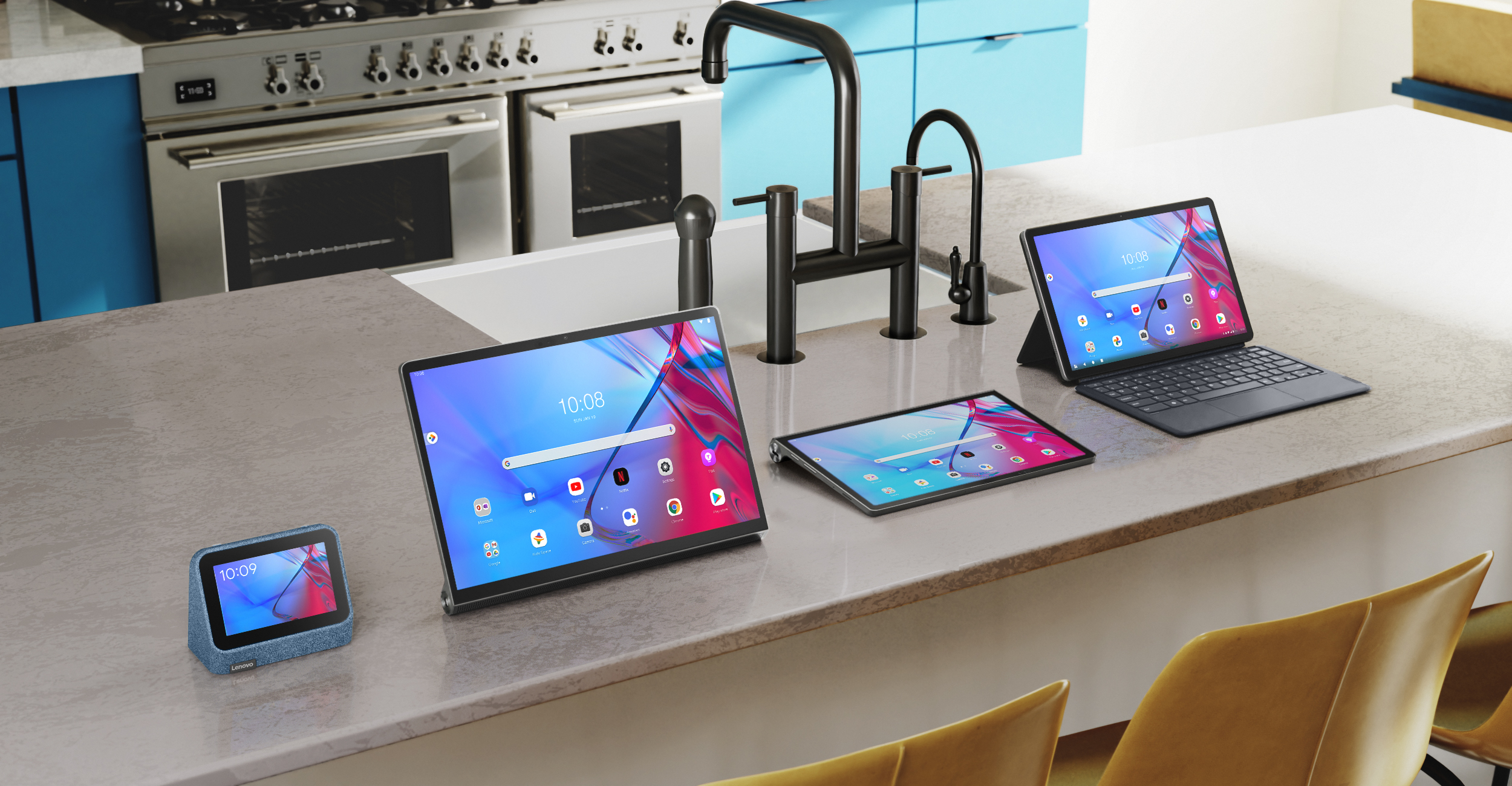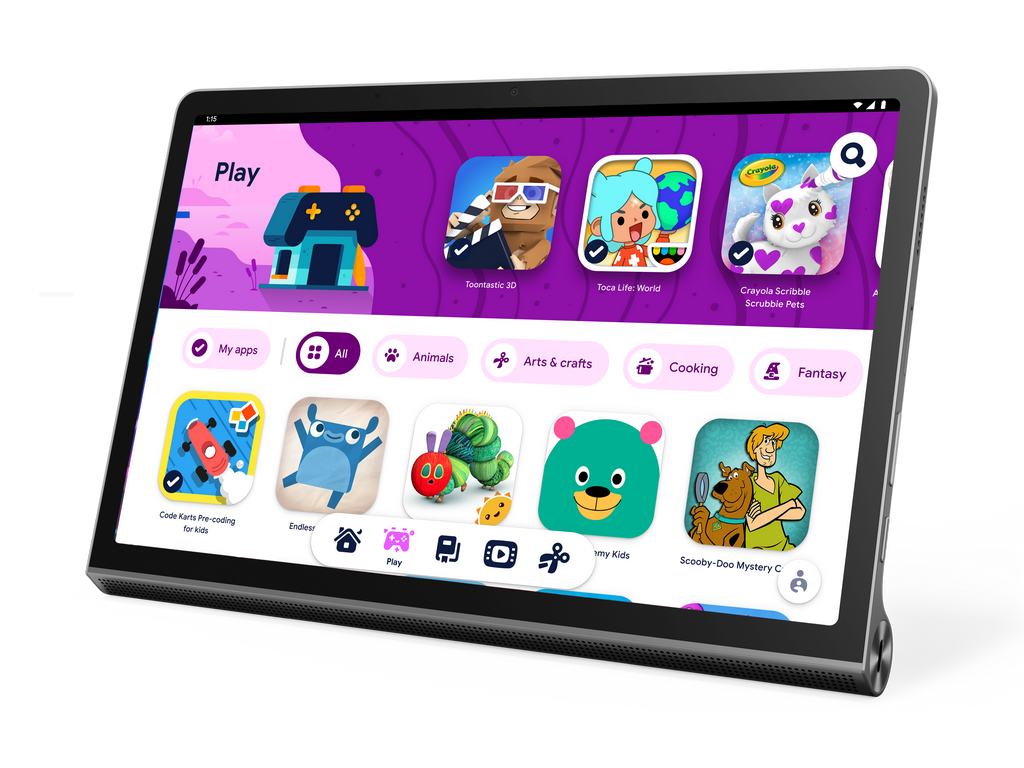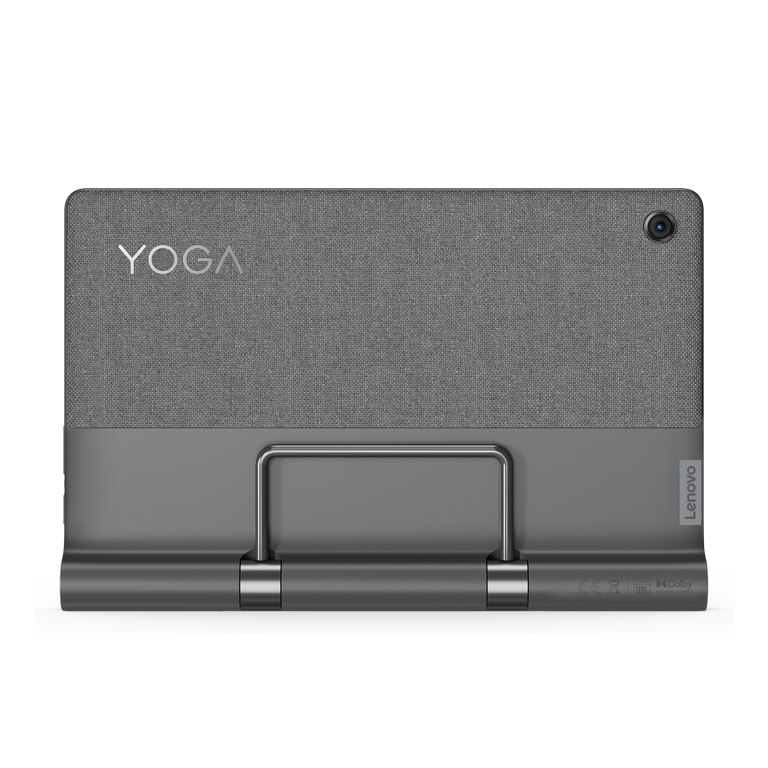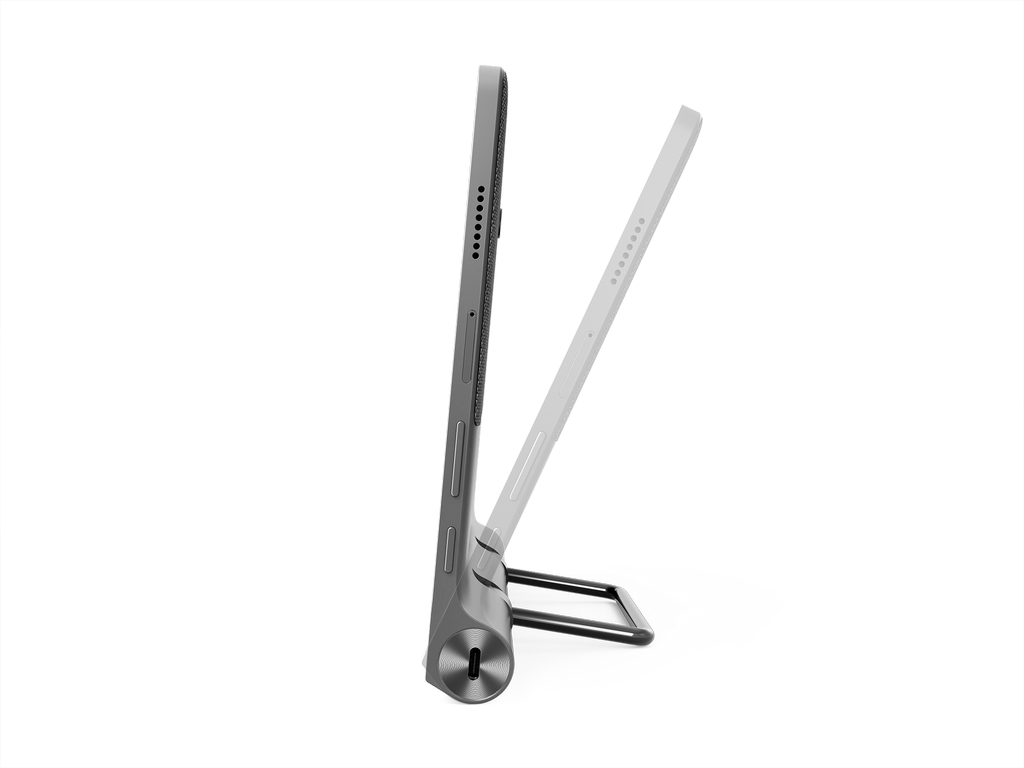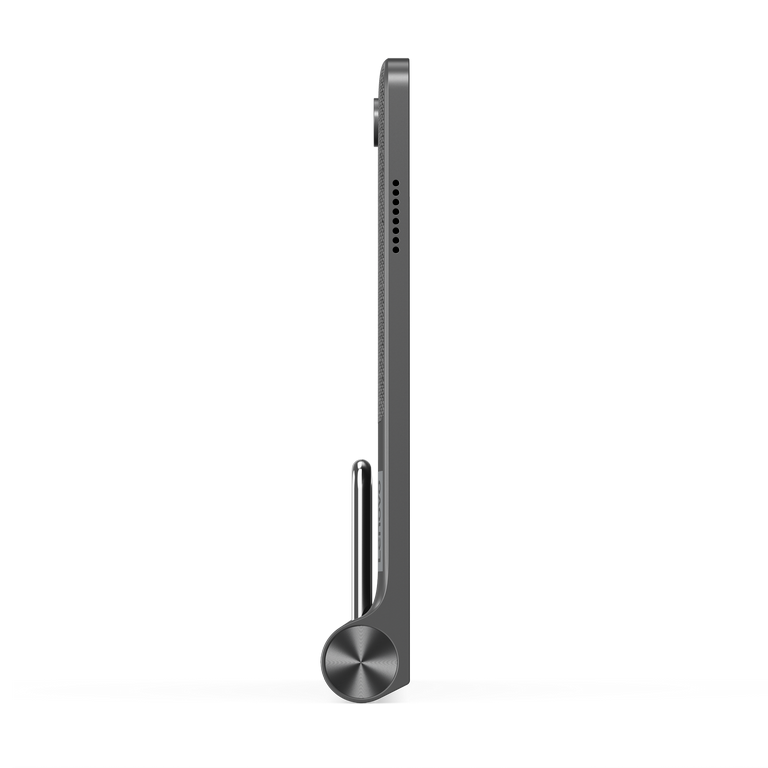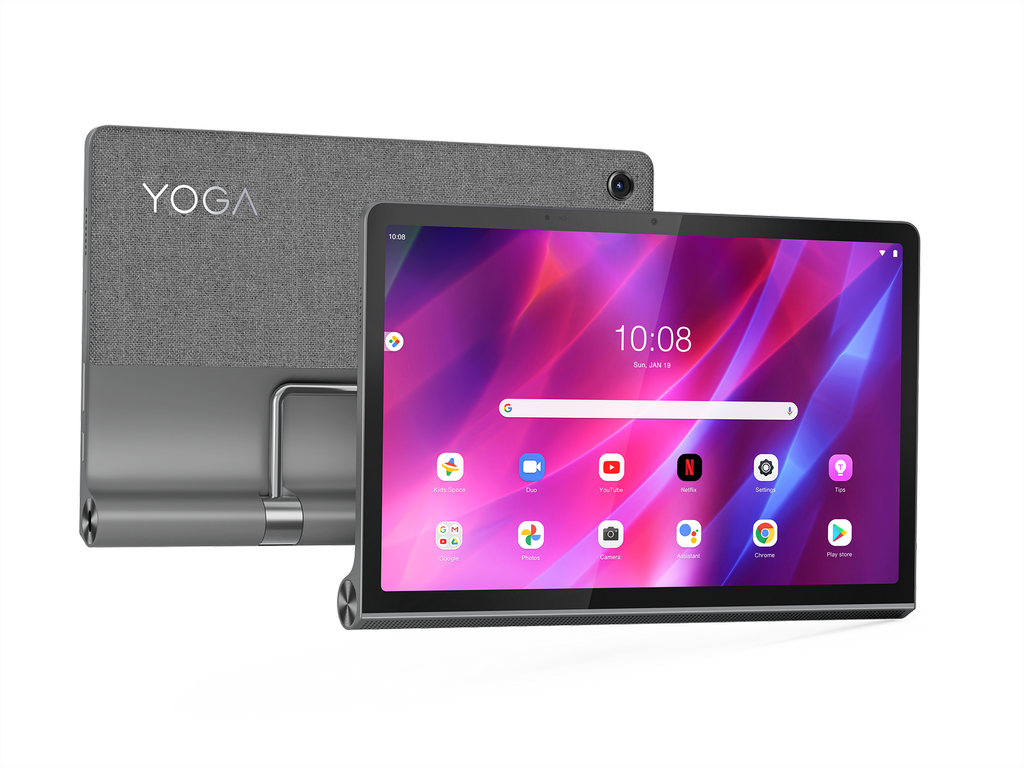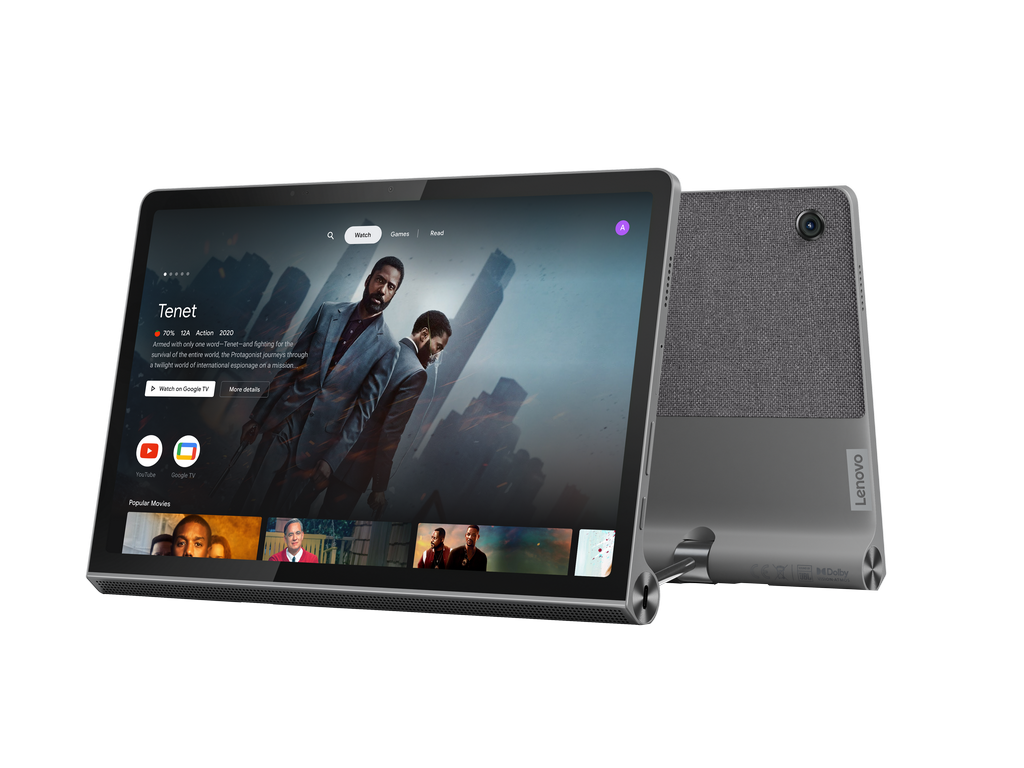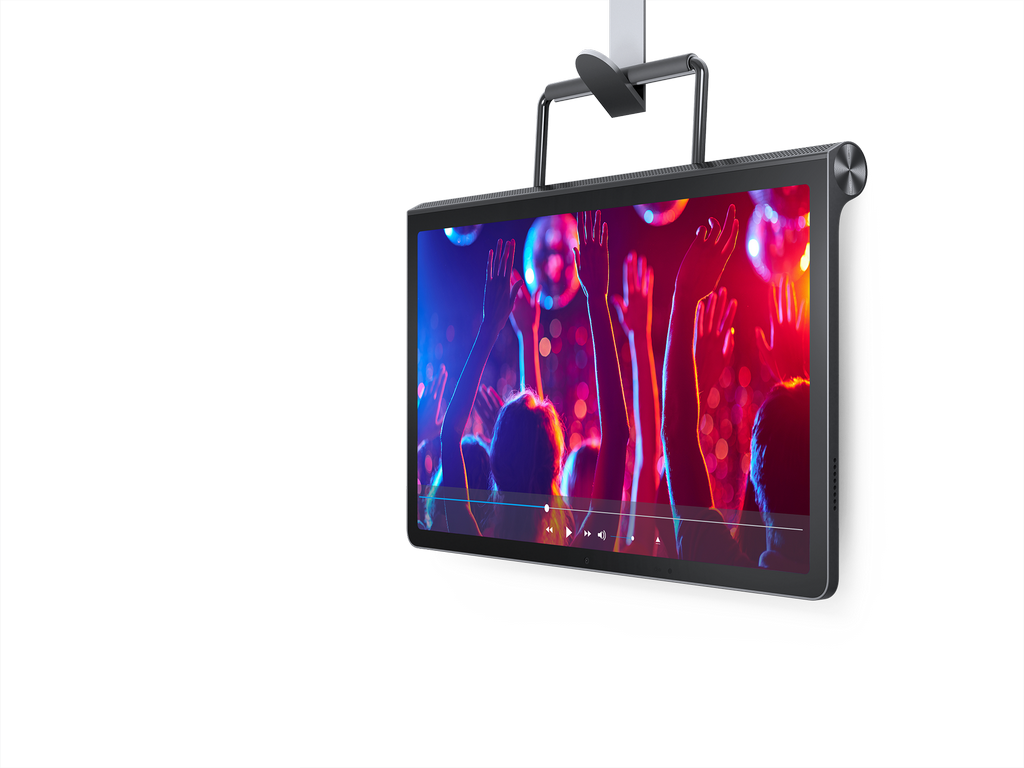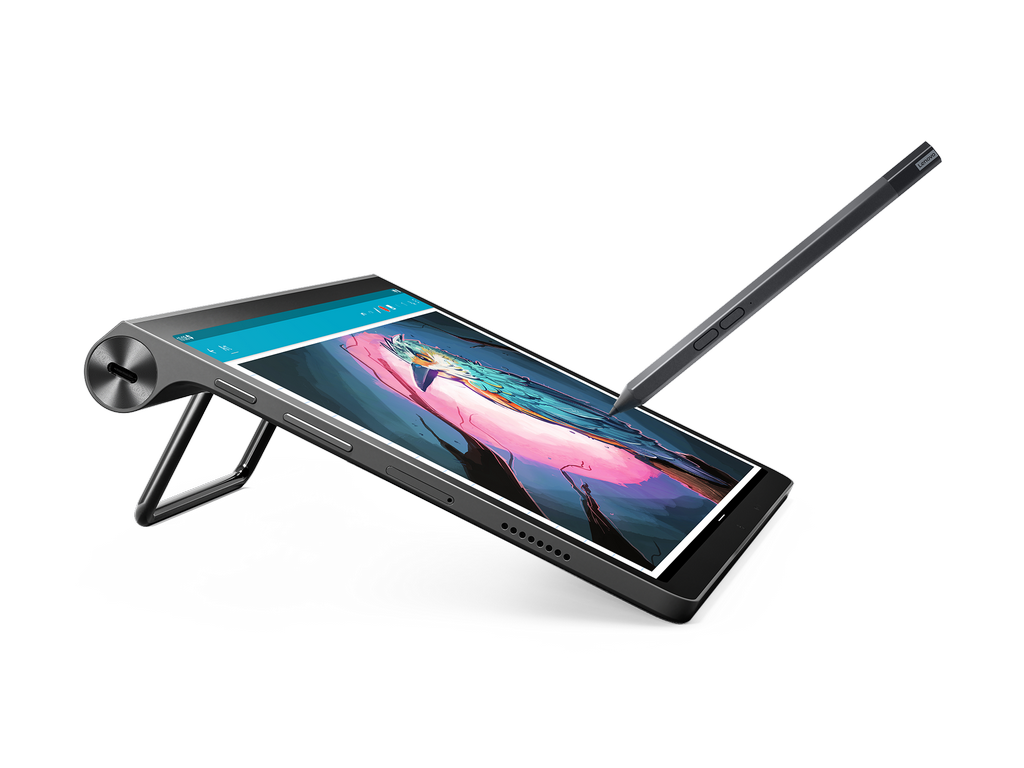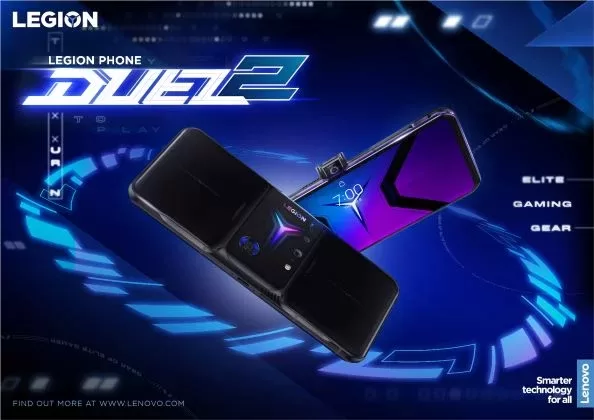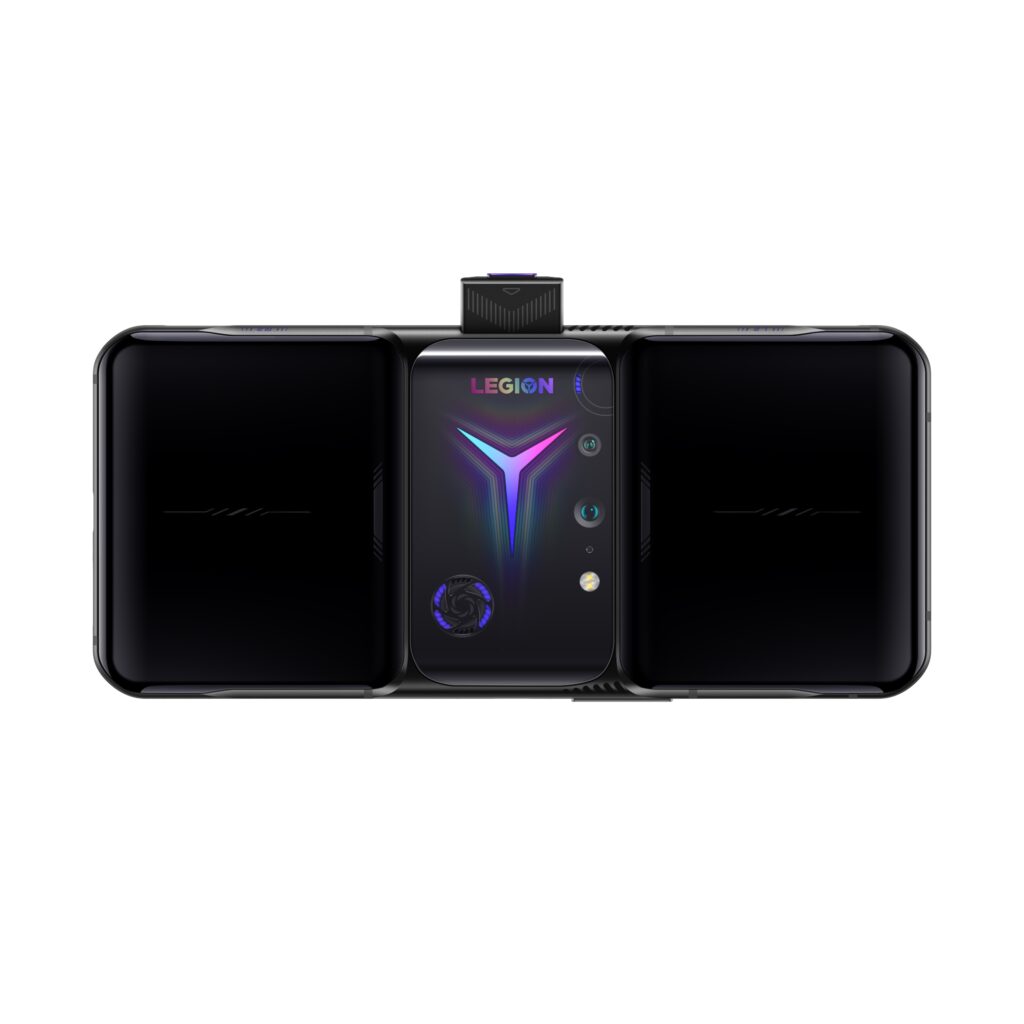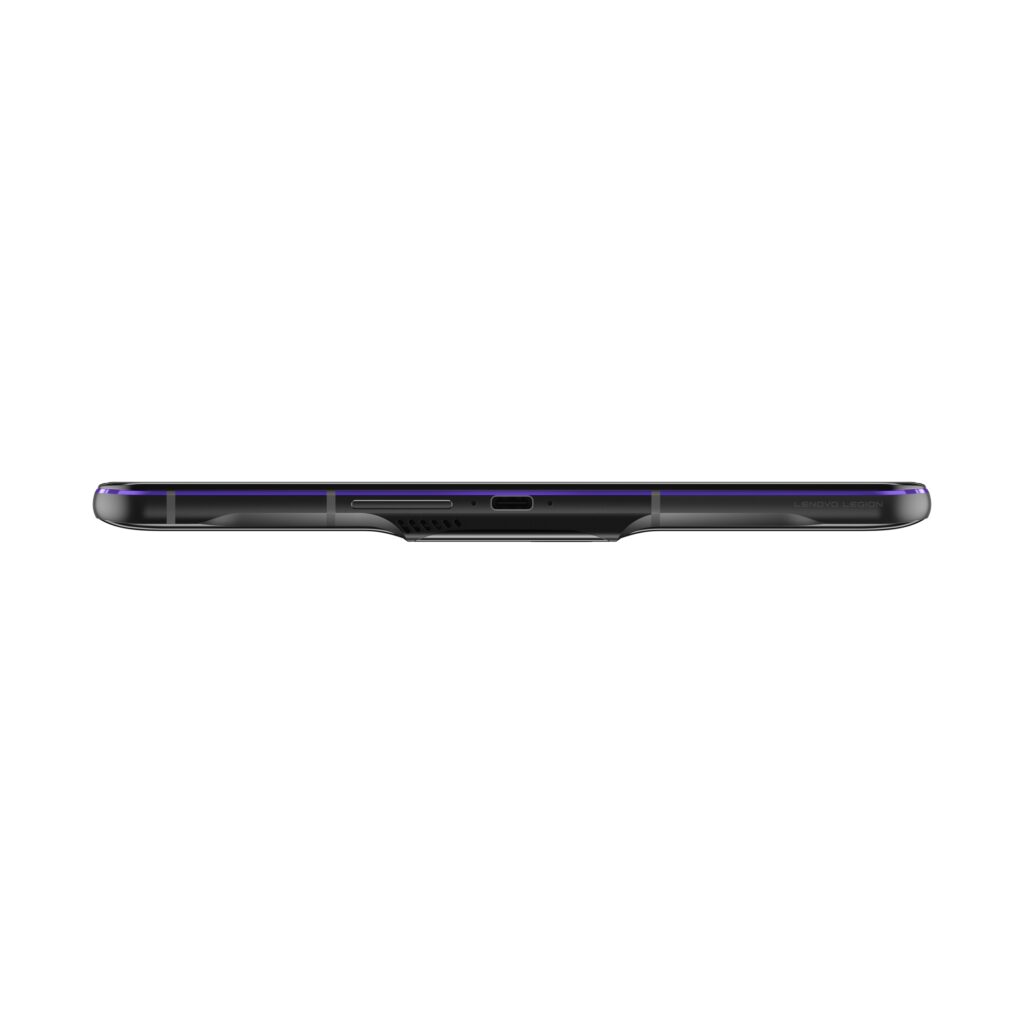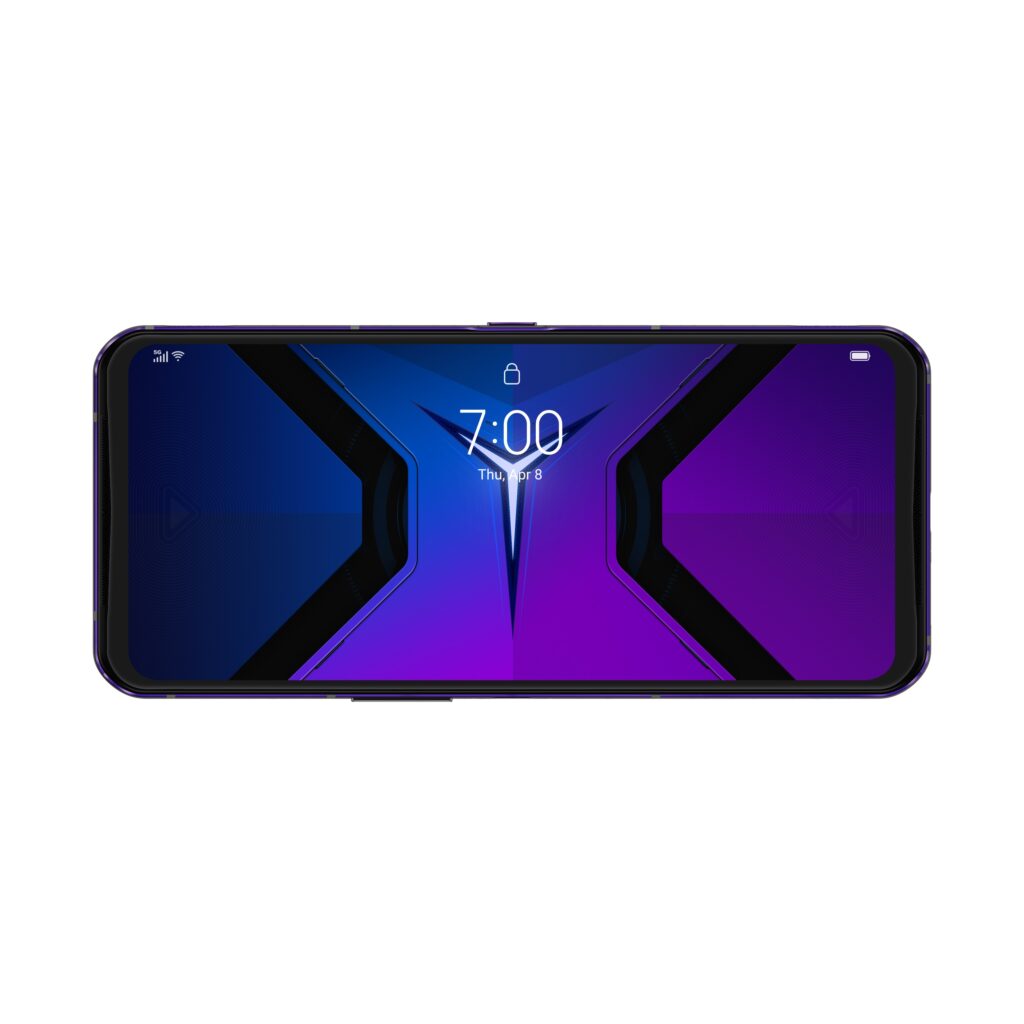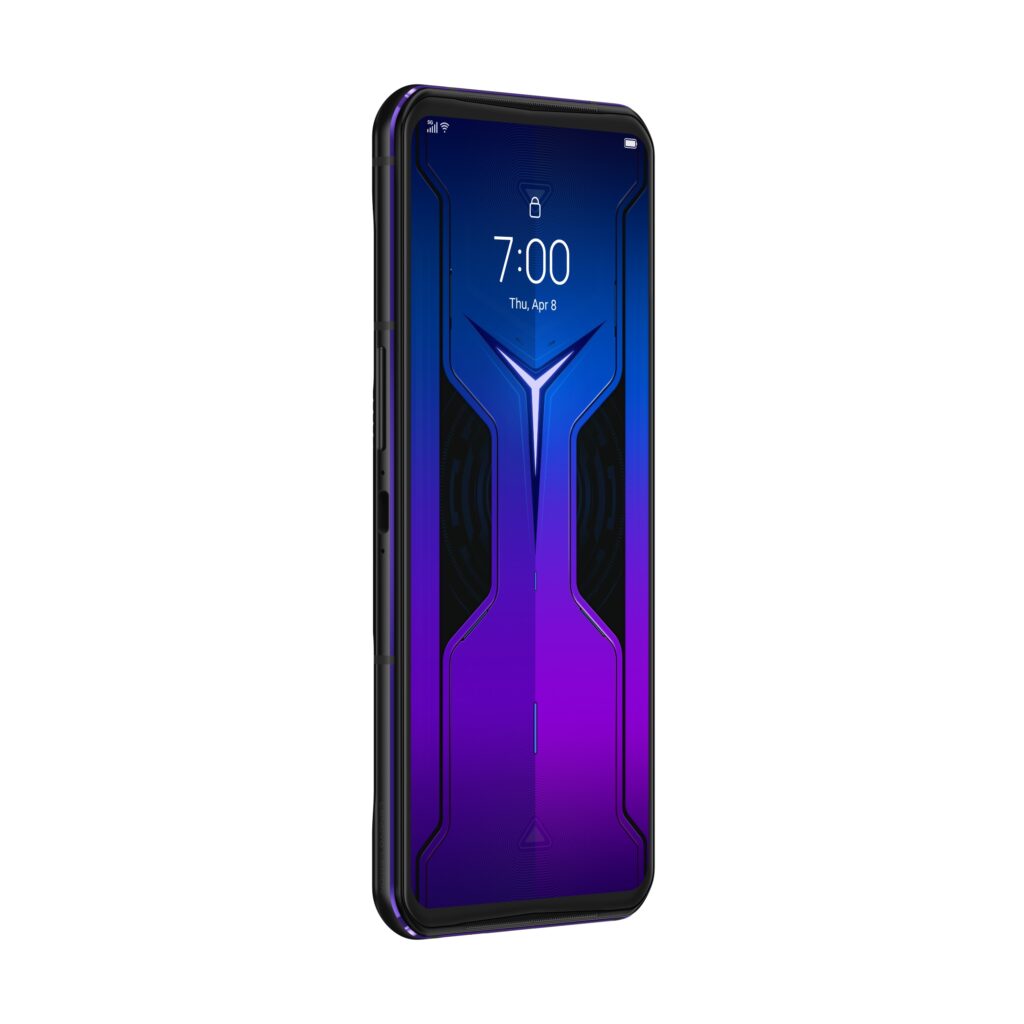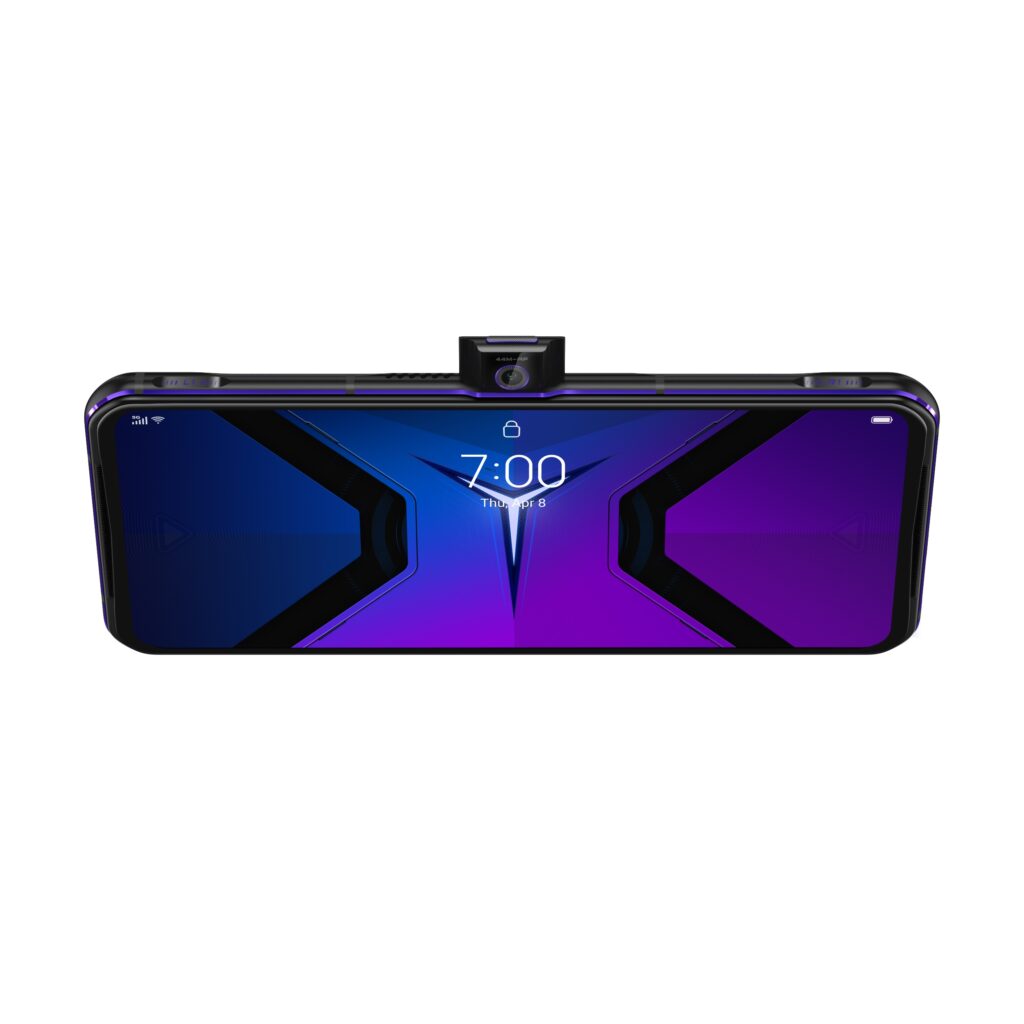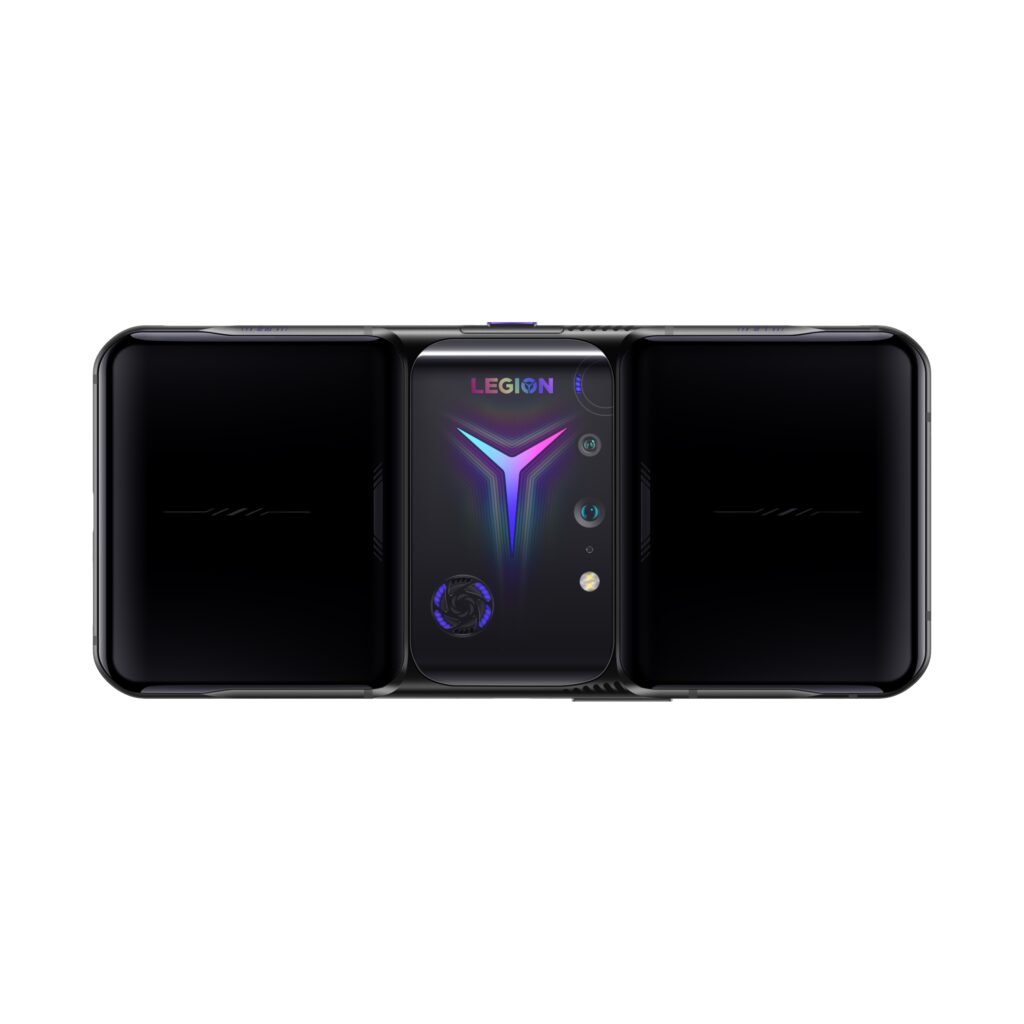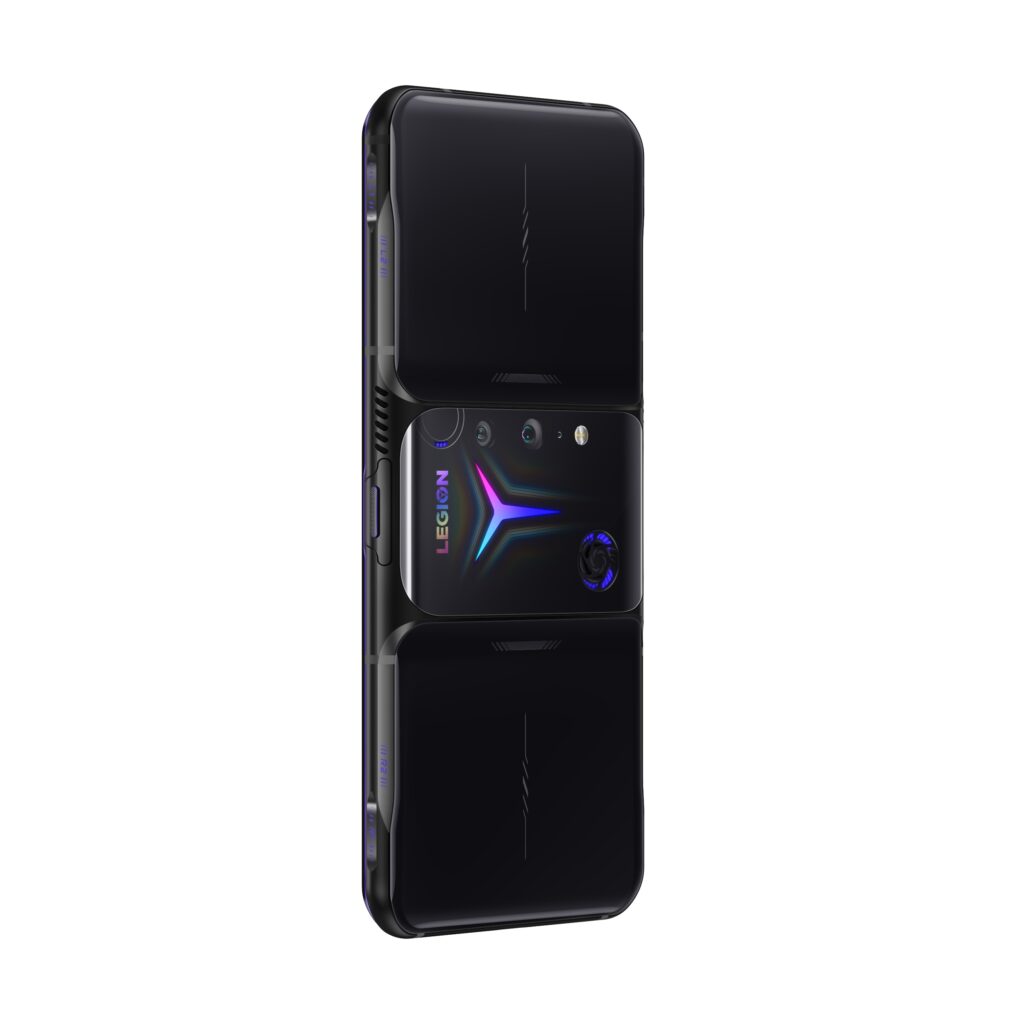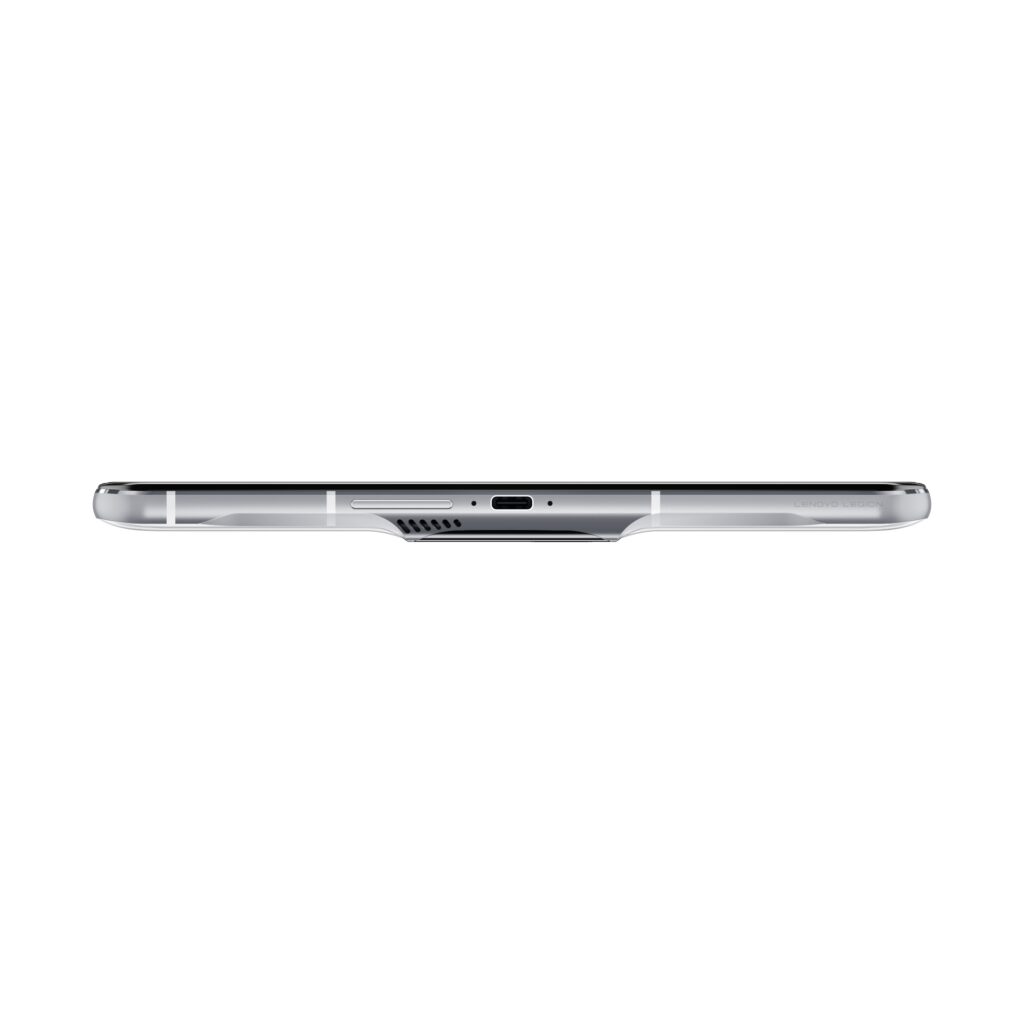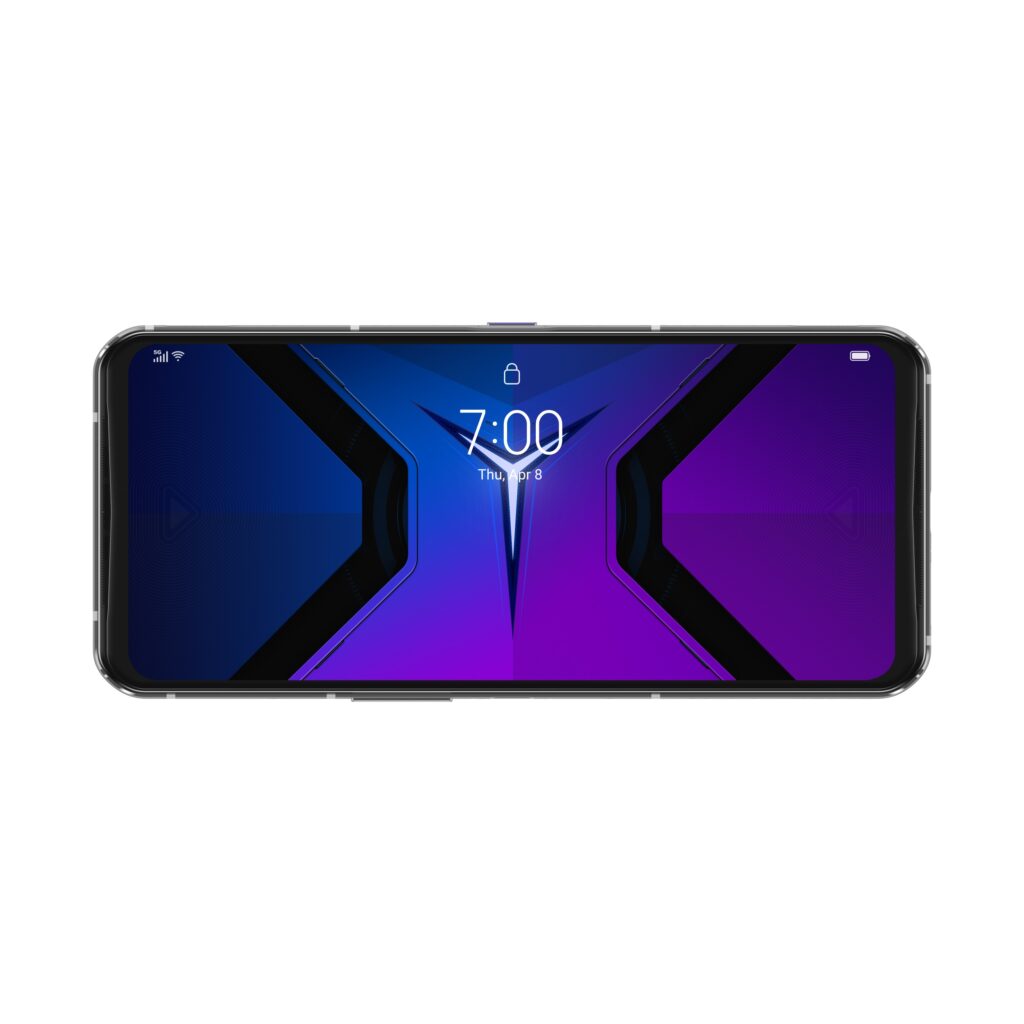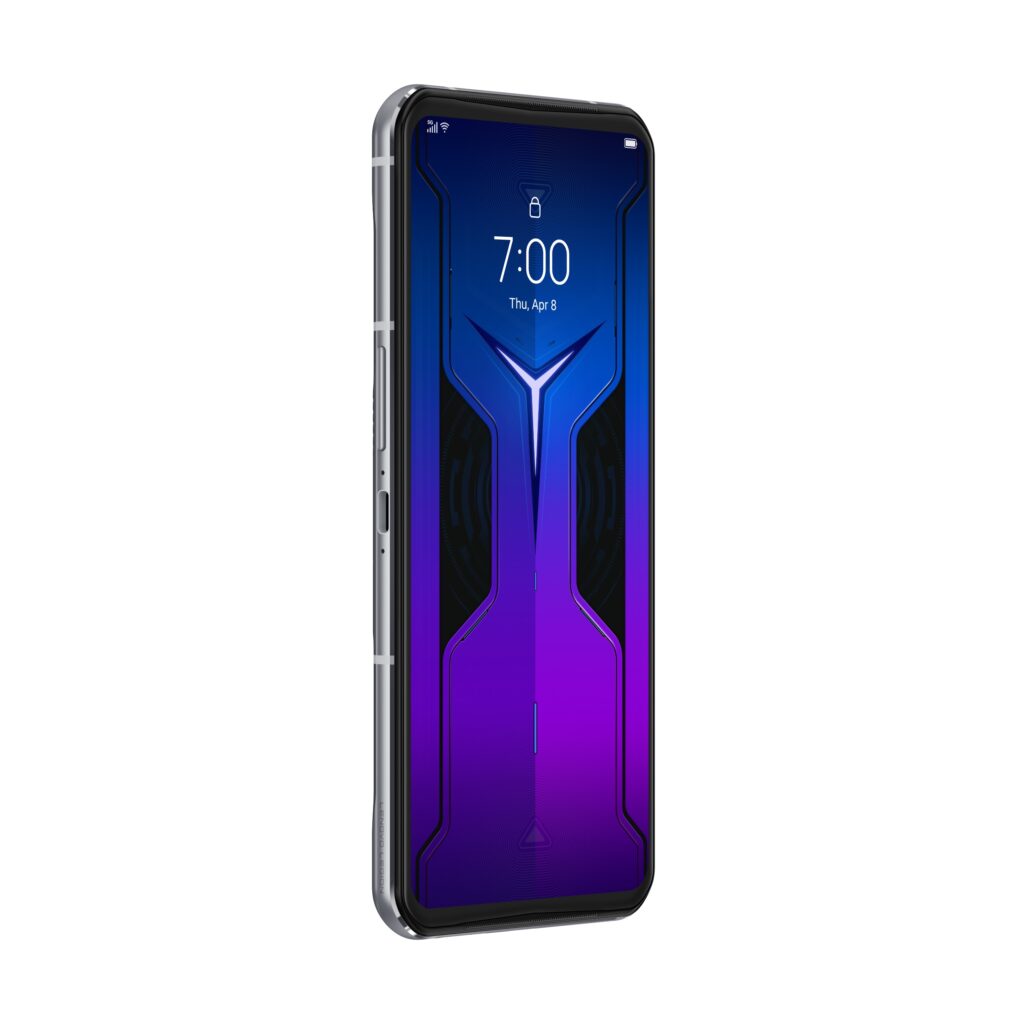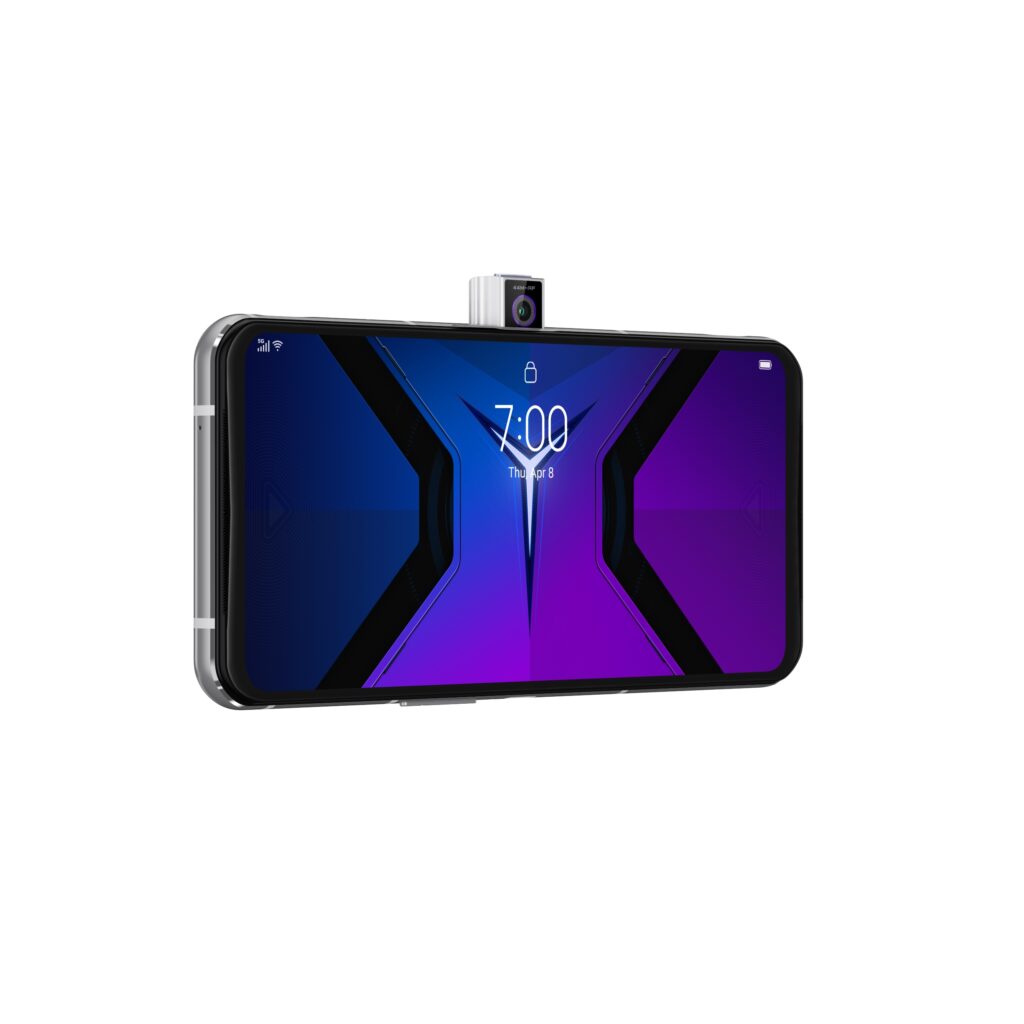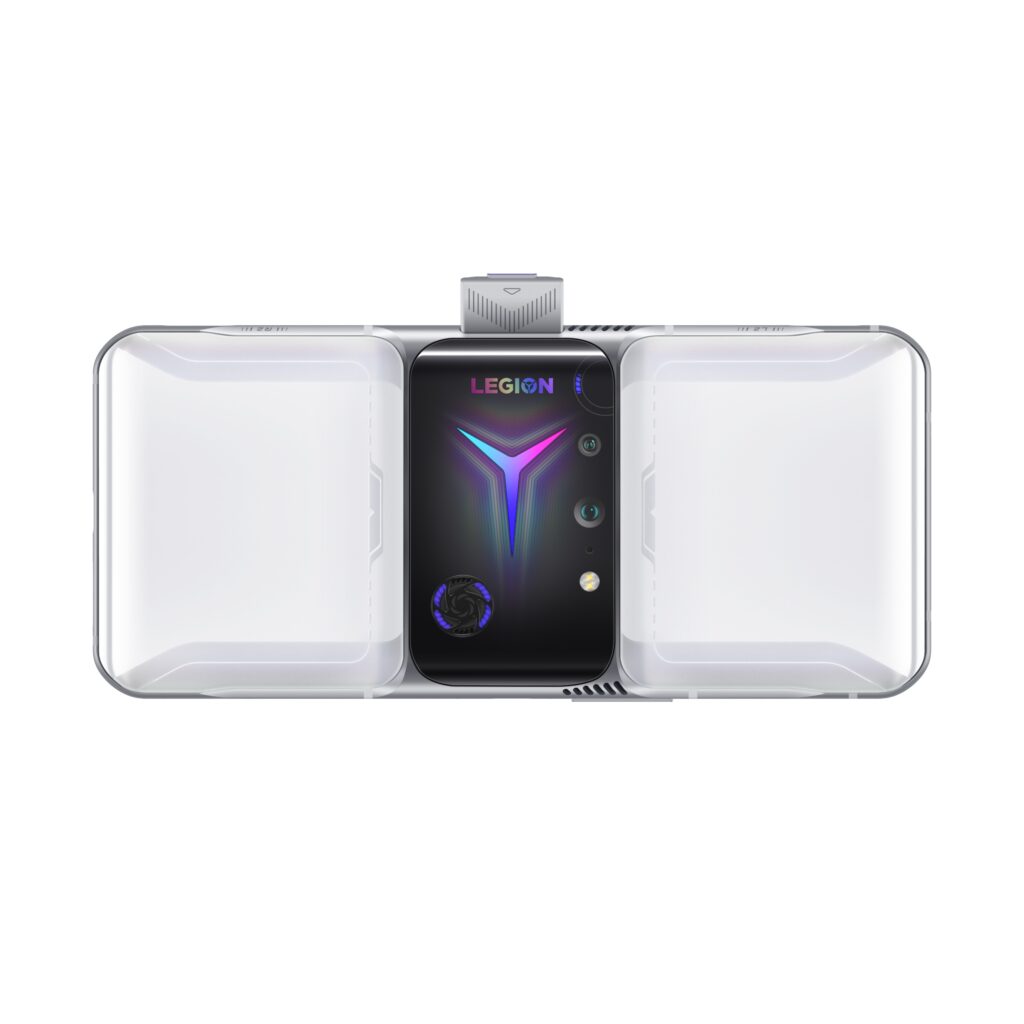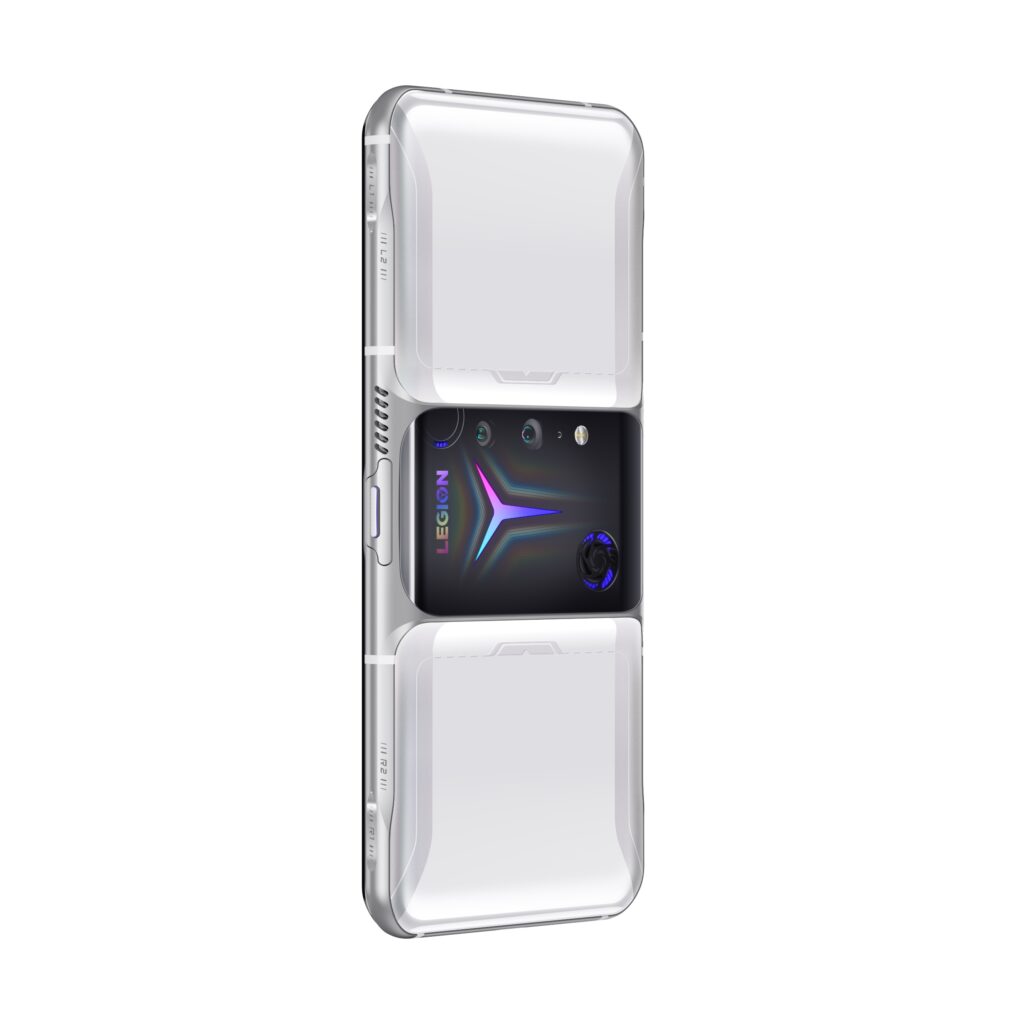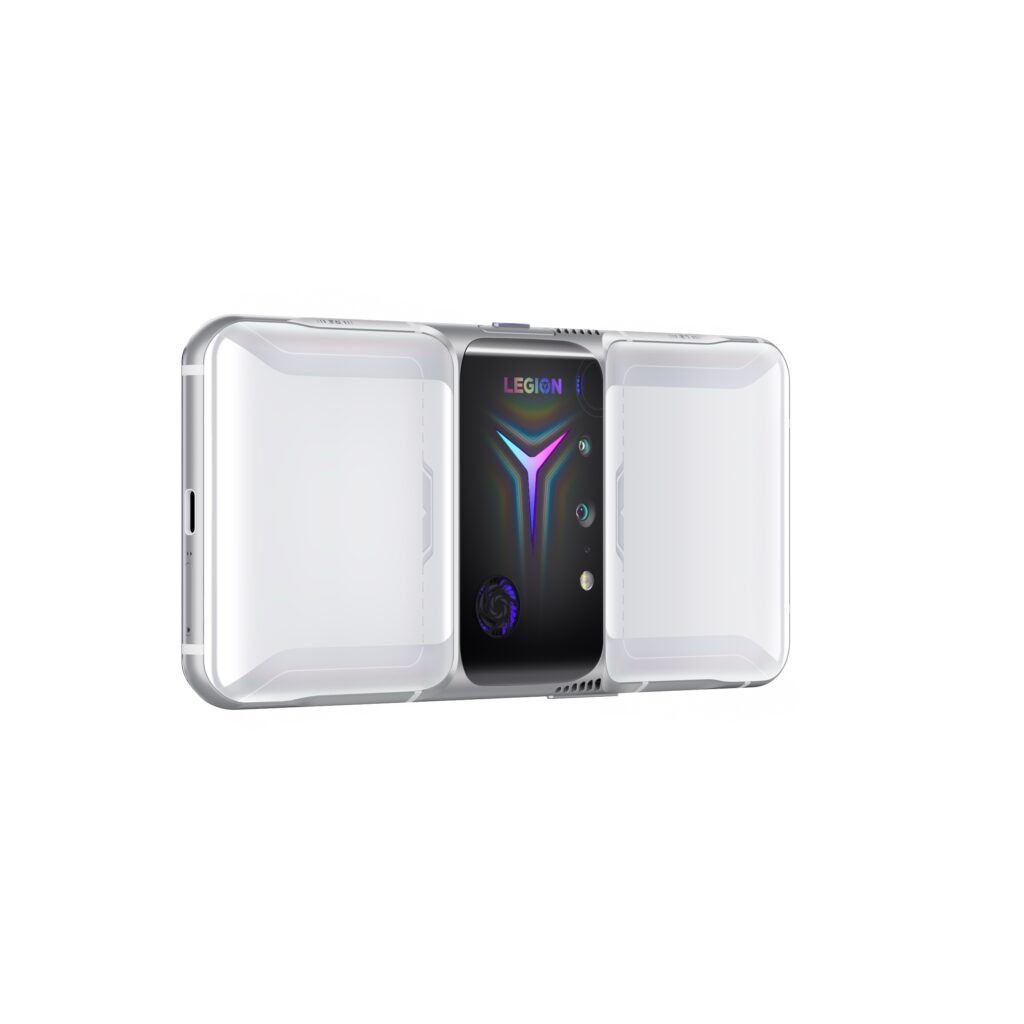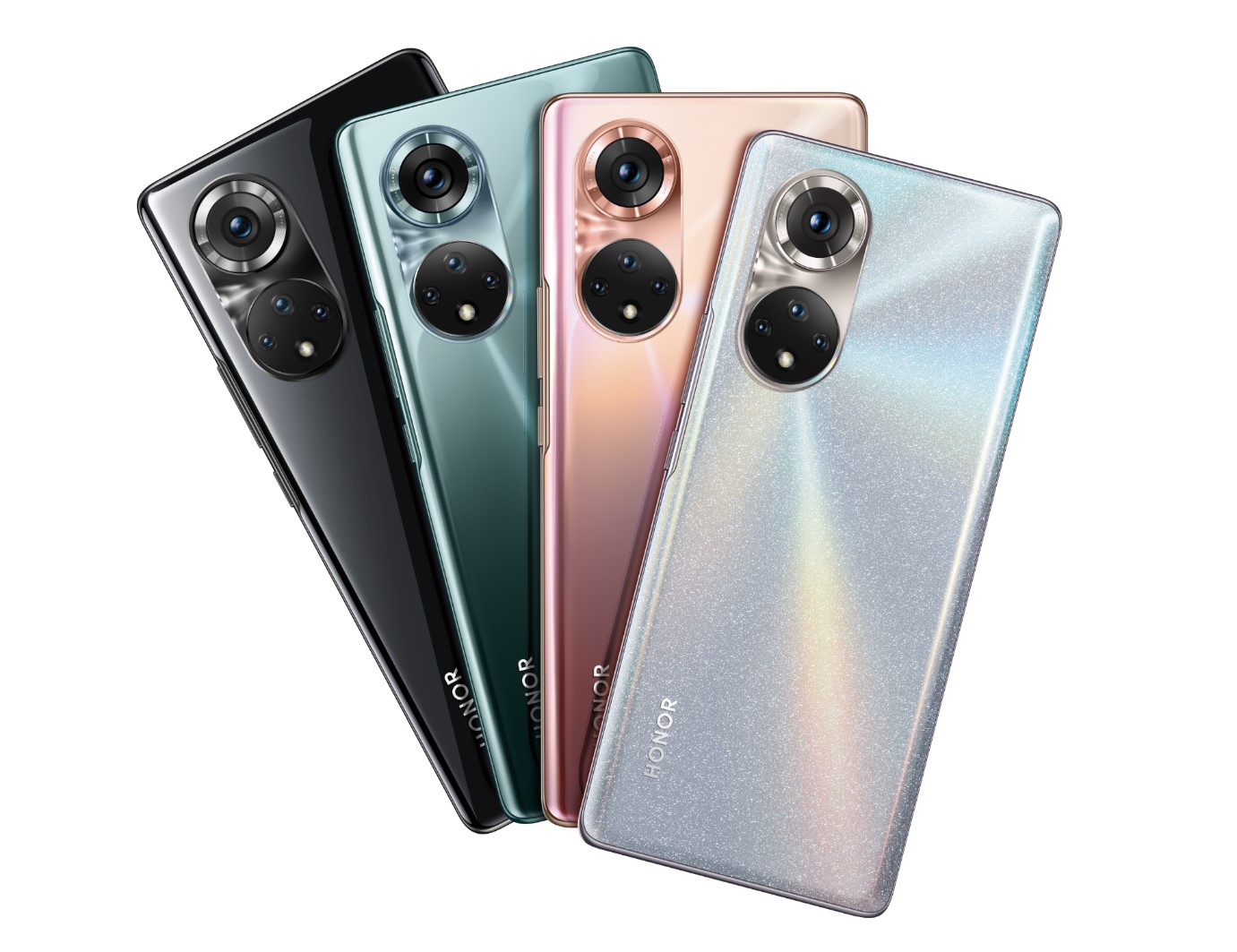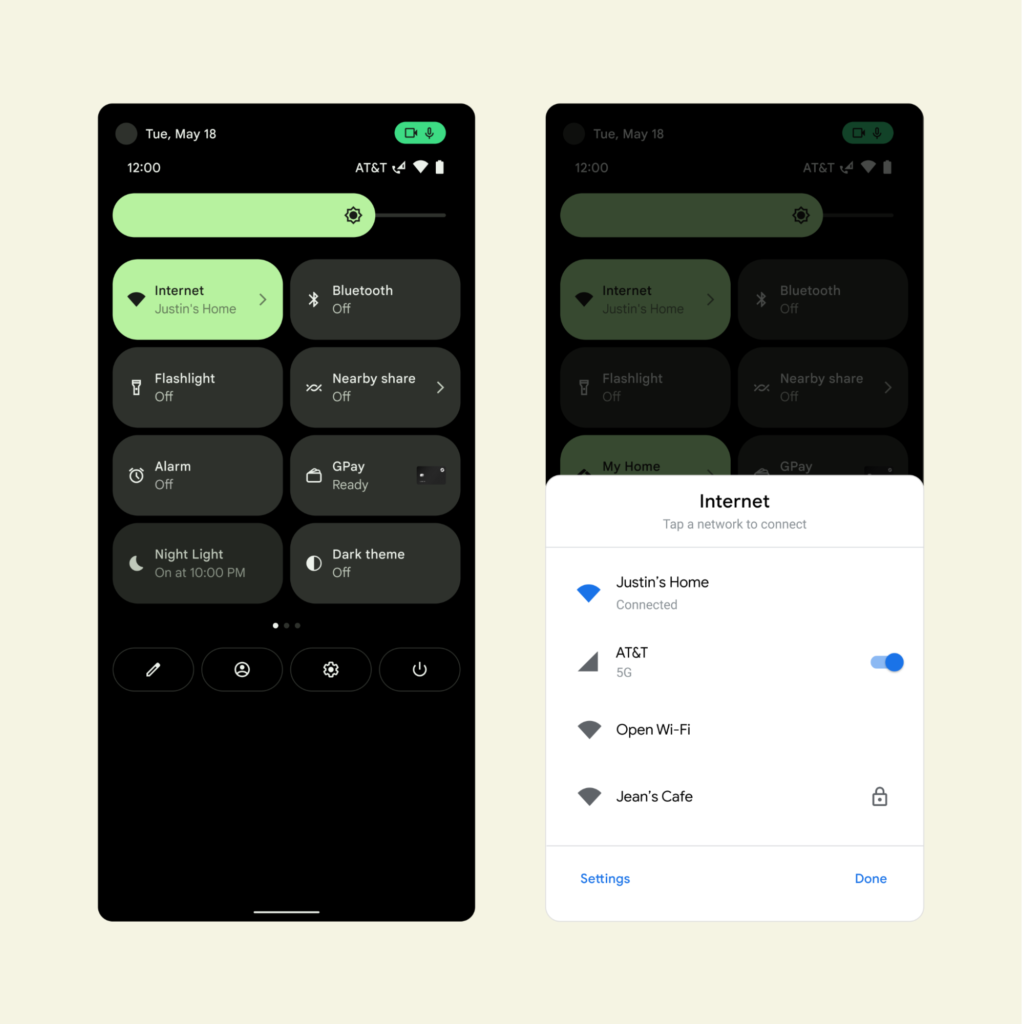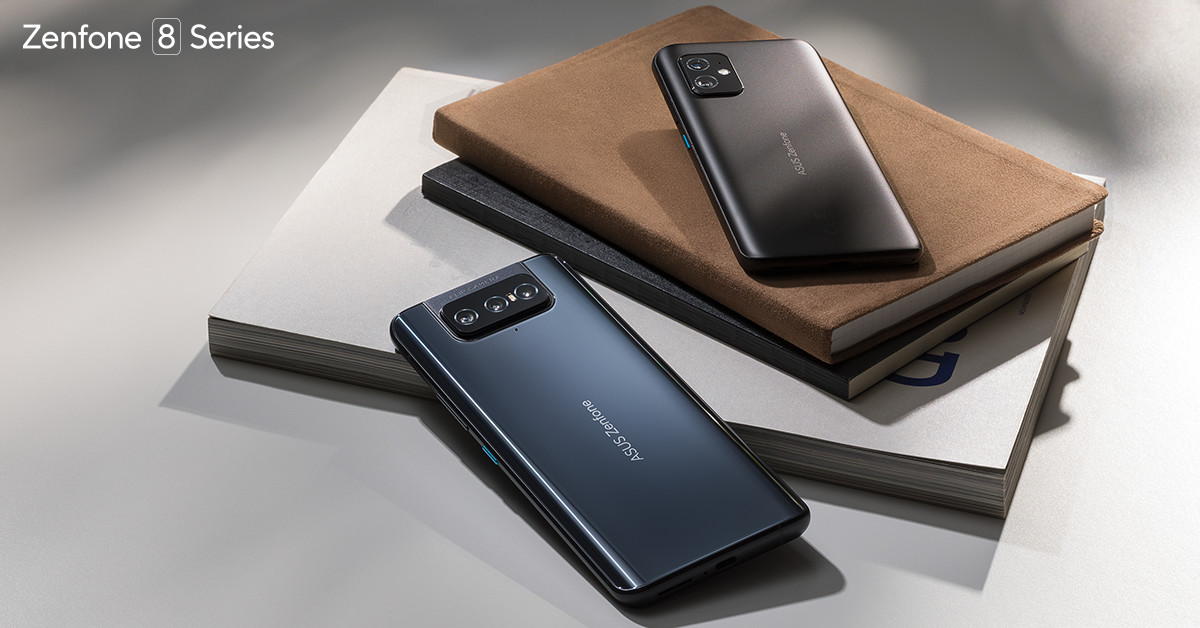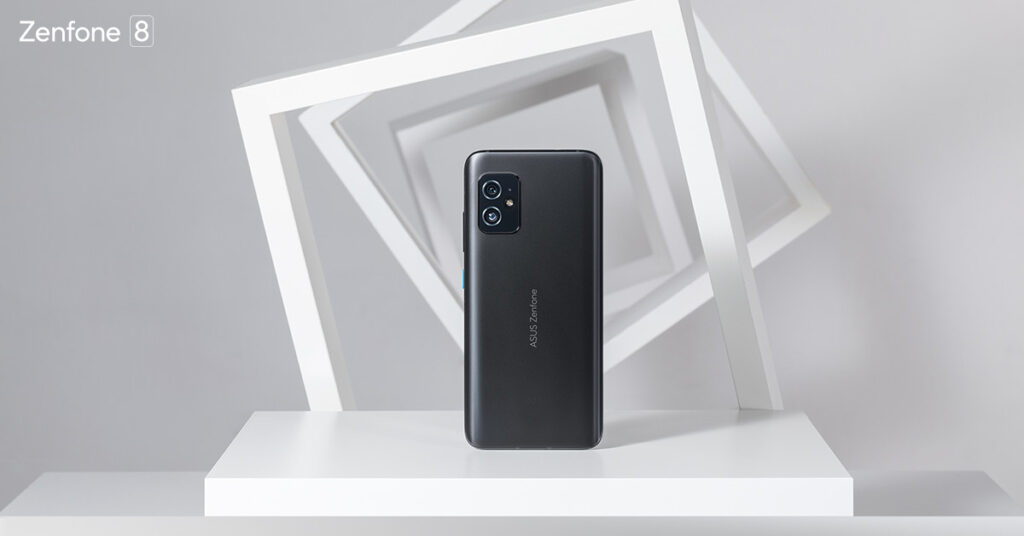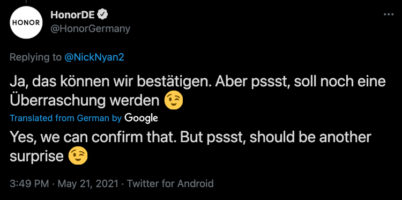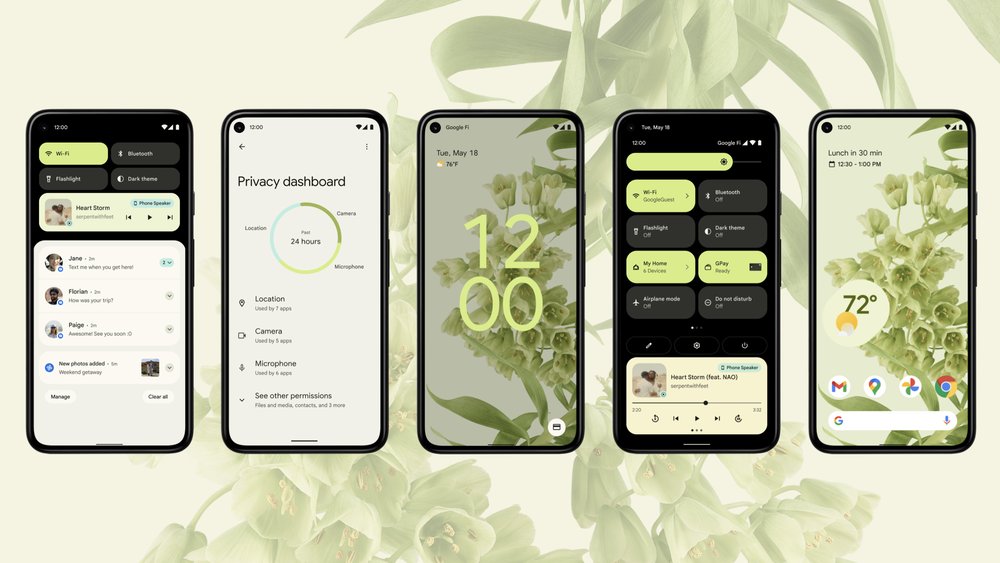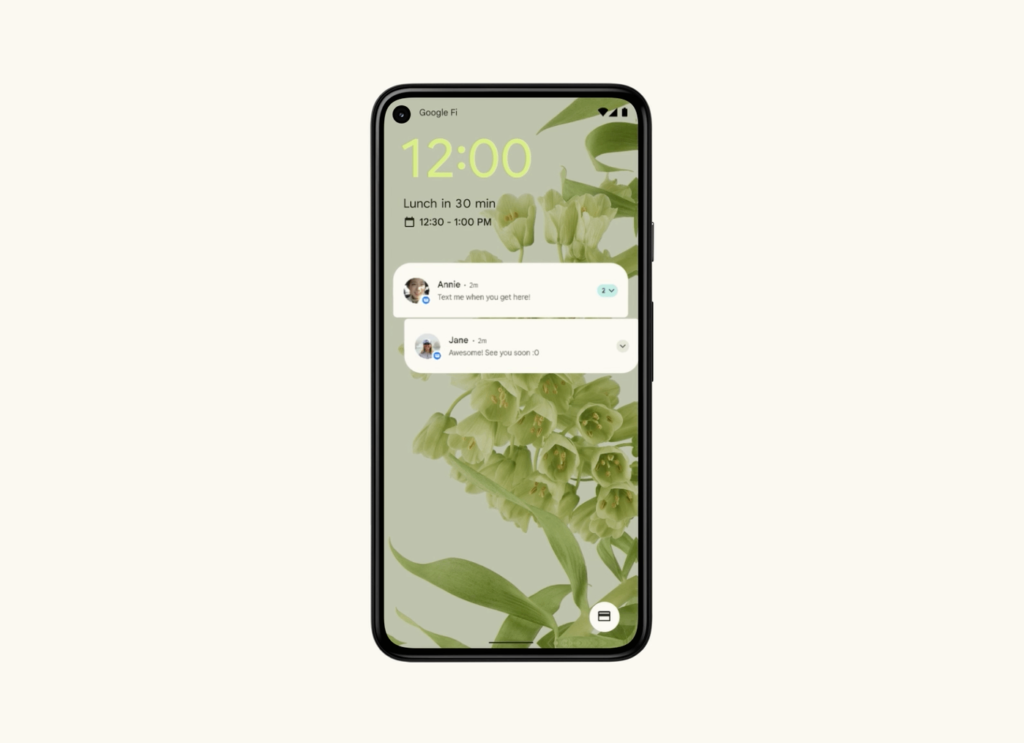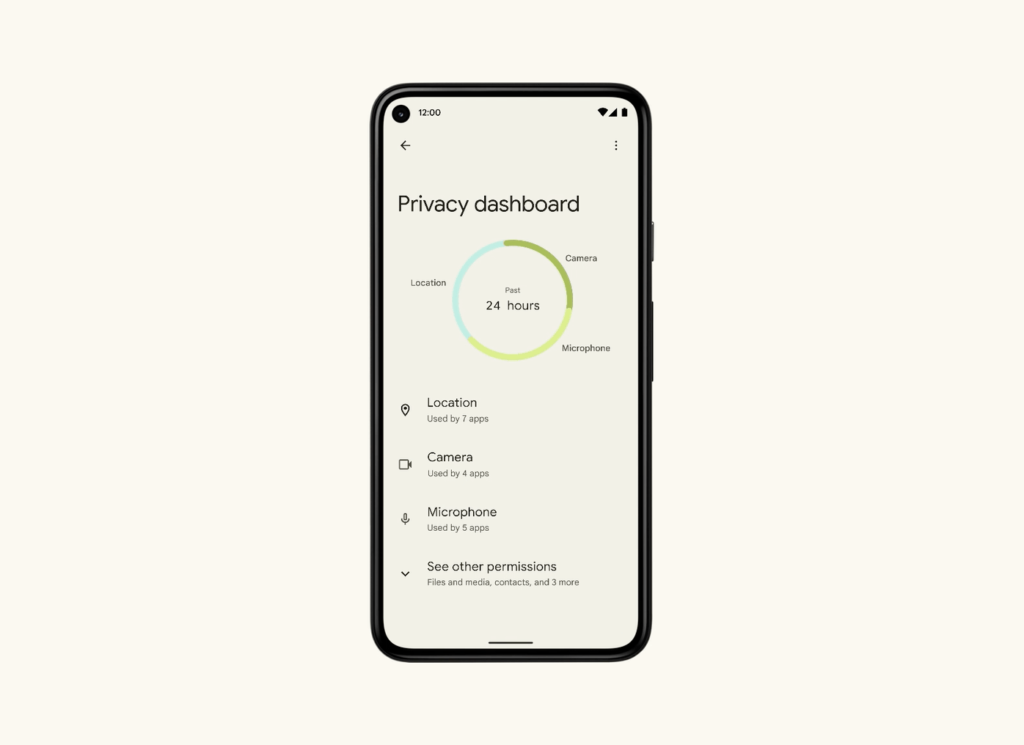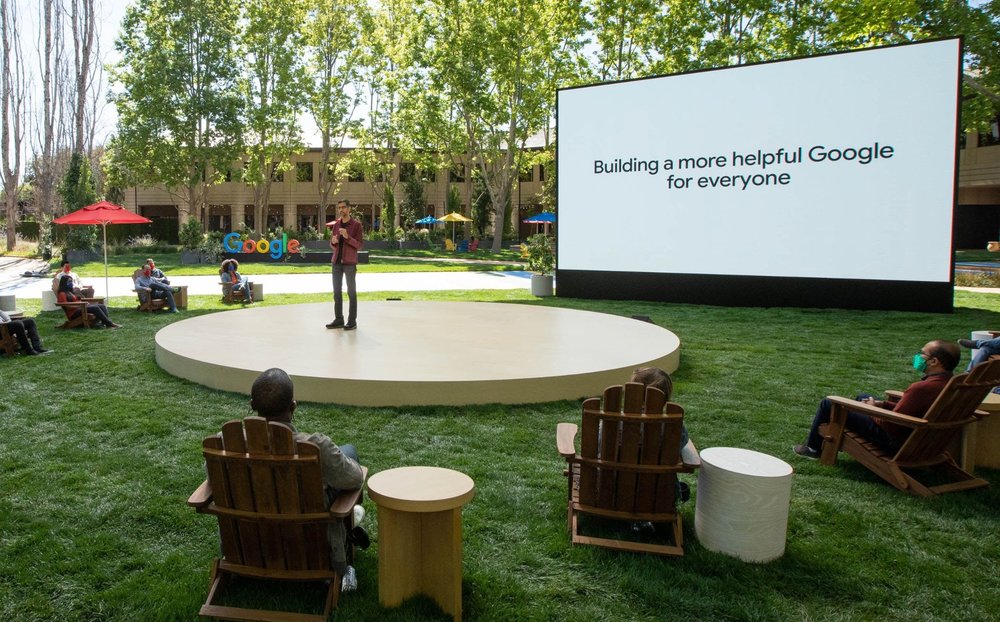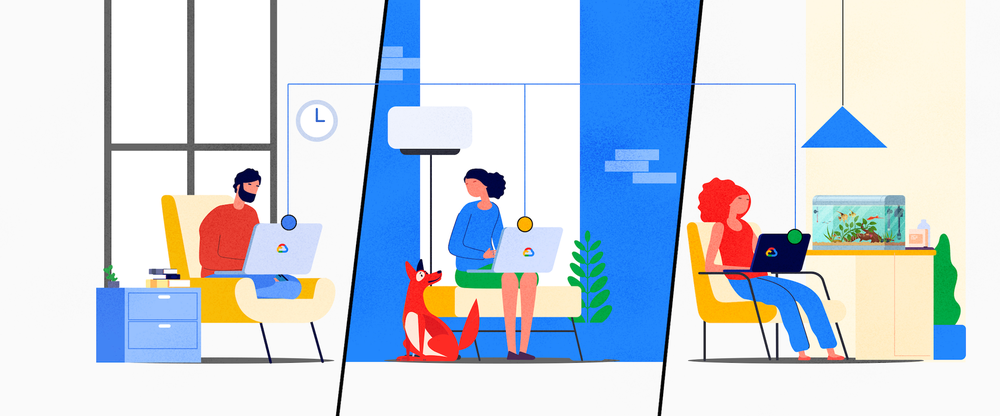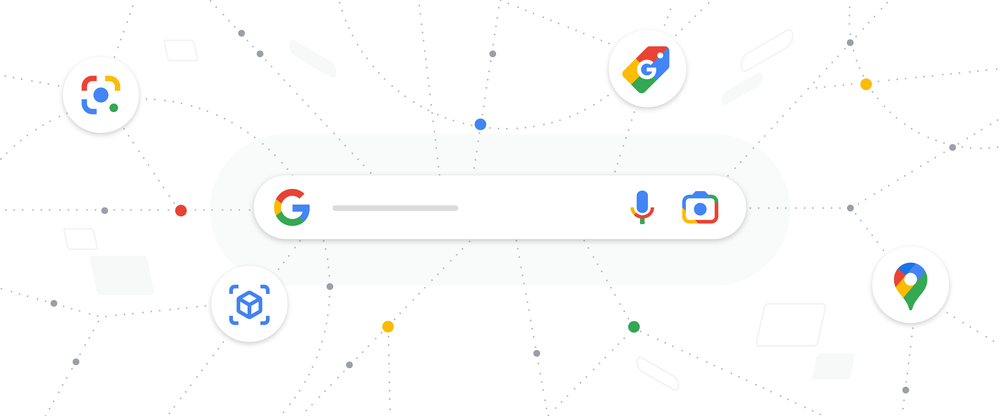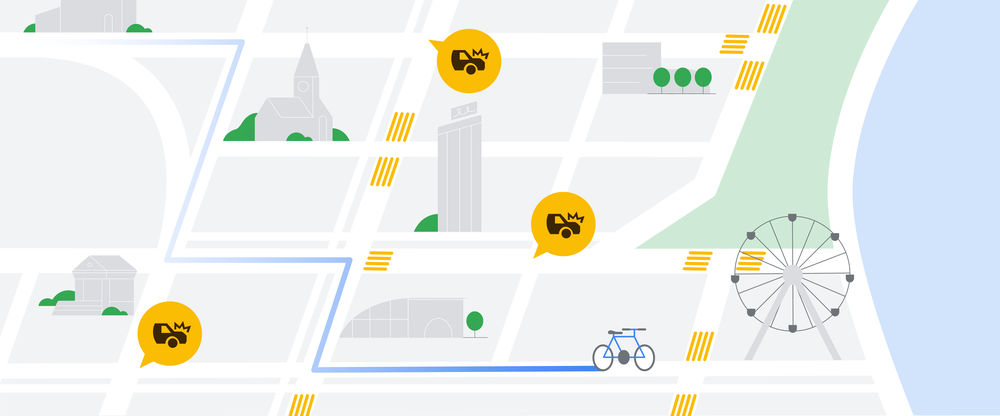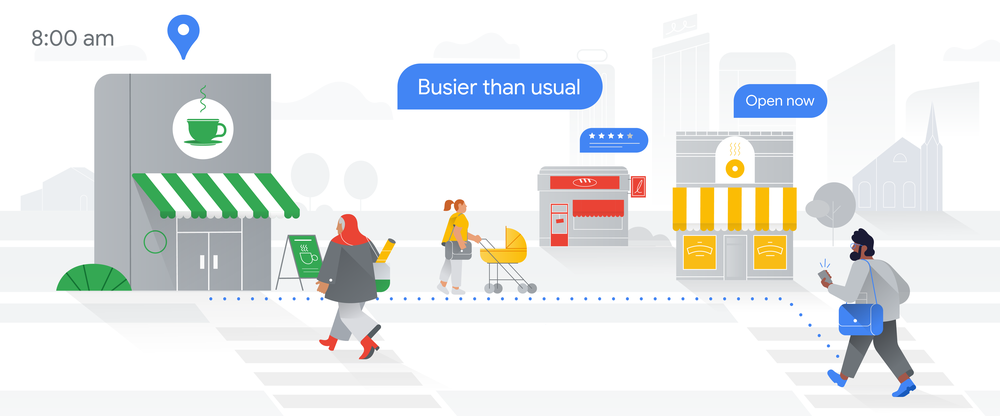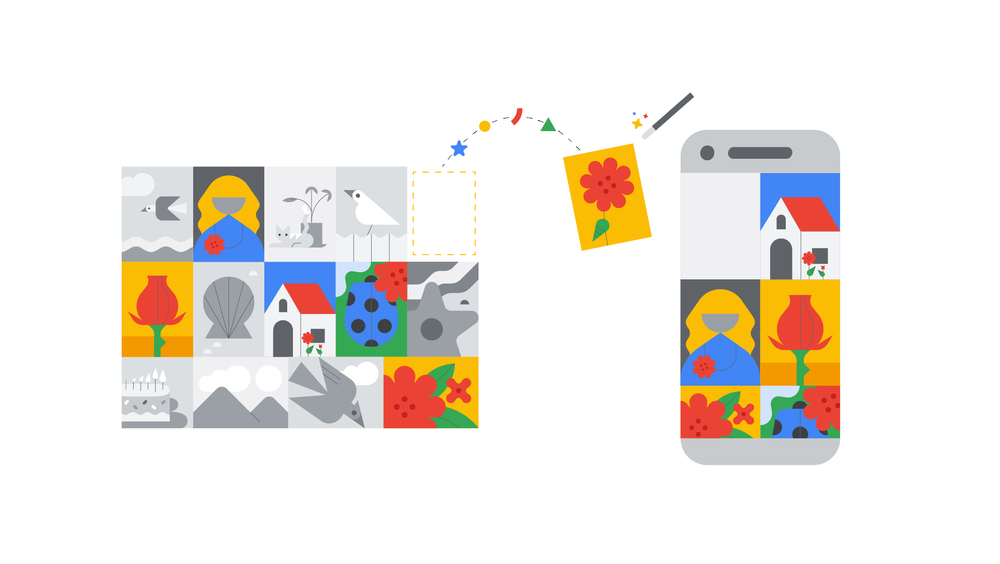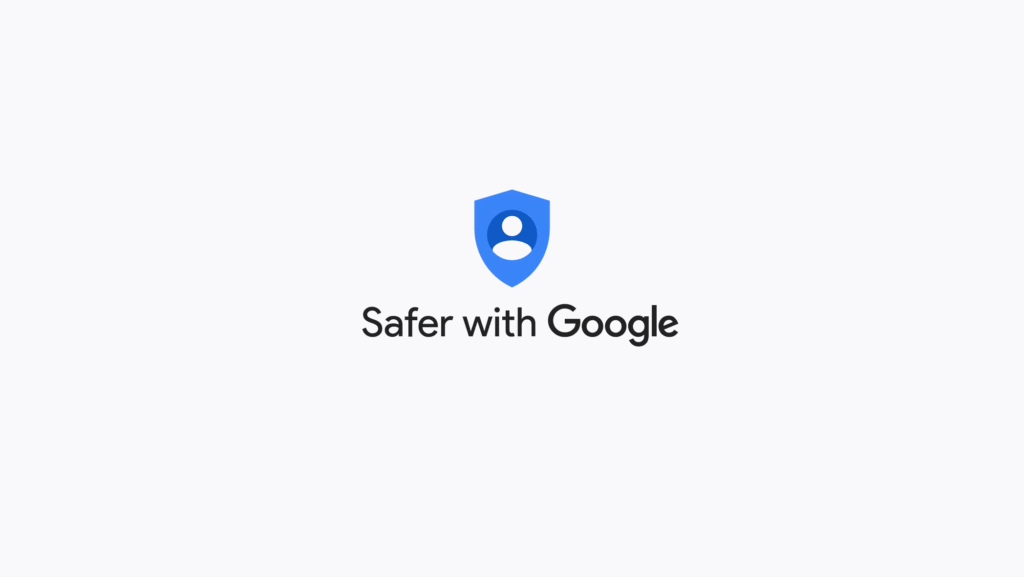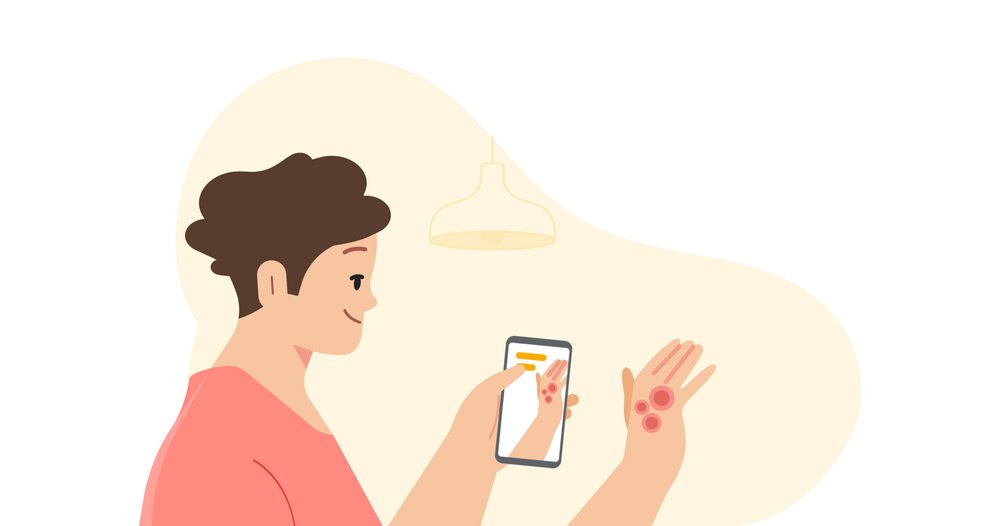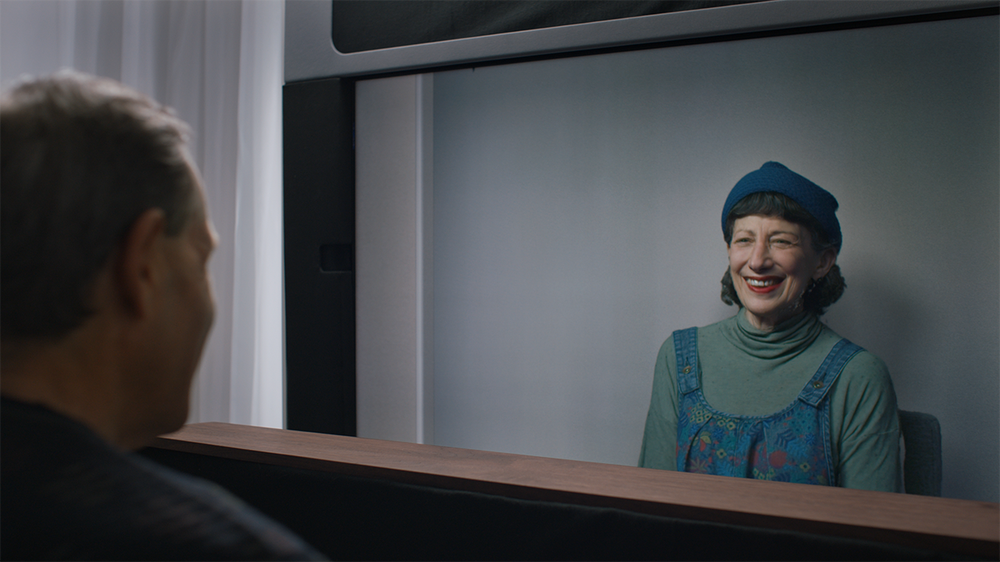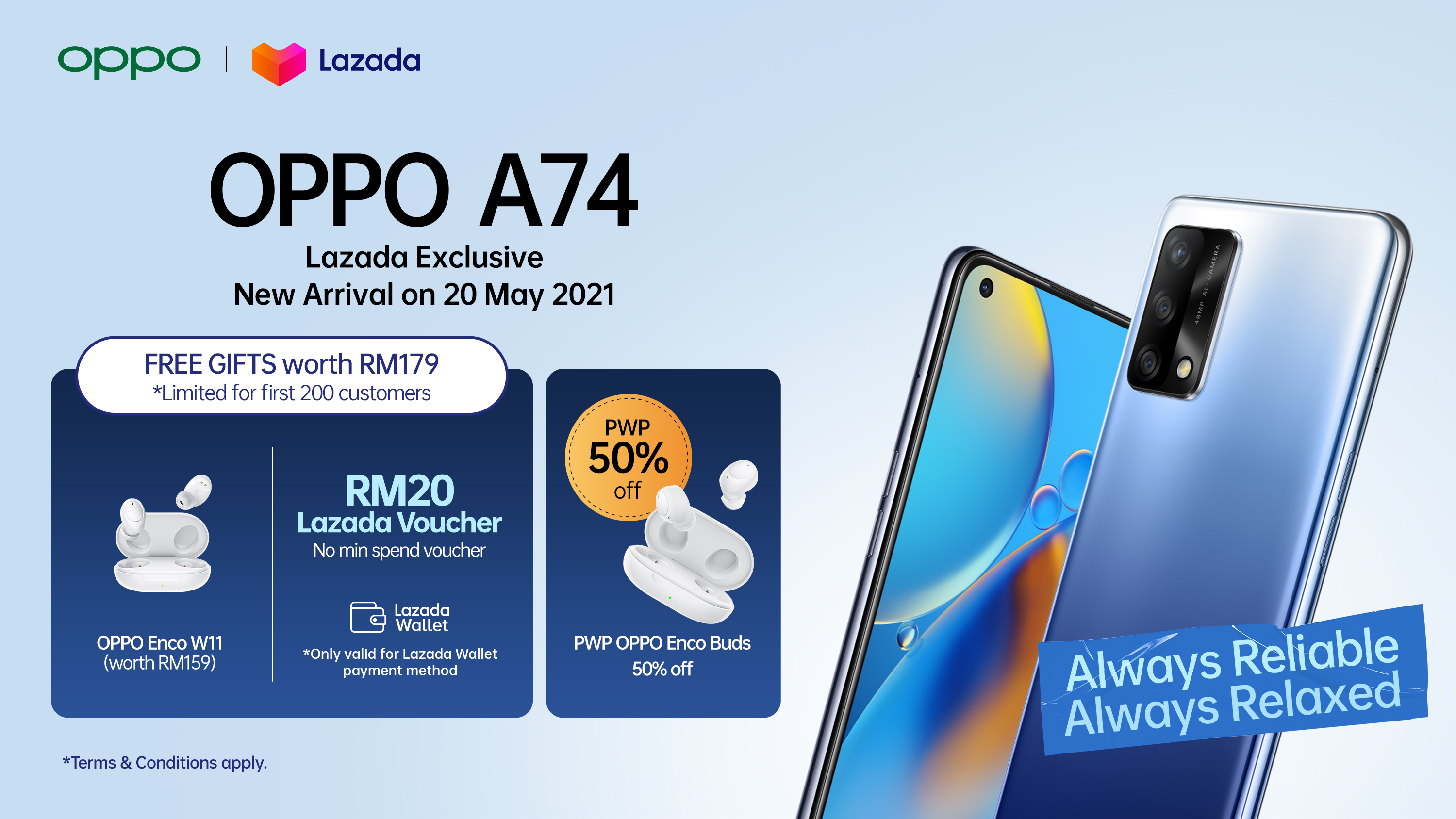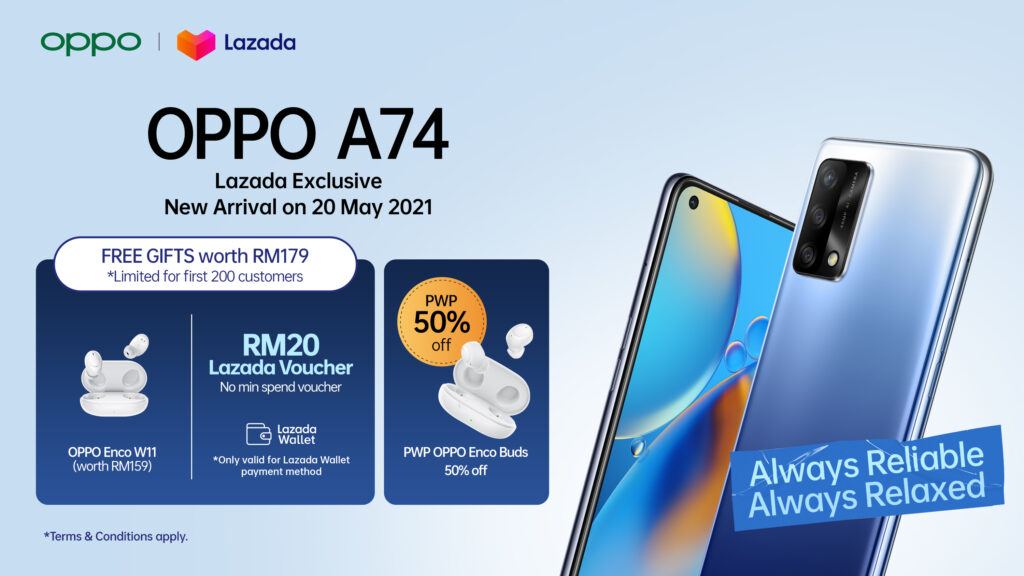Lenovo has been one of the only manufacturers actively releasing tablets in the Android space. This year, the company is updating and diversifying their offerings with a slew of new tablets. Each line up addresses a unique niche with features that not not only address the need but also up their design ante.
Entertain, Create and Be Productive with the New Lenovo Yoga Tab Lineup
The Lenovo Yoga Tab series has always been Lenovo’s go to when it comes to pushing the boundaries of entertainment. The new lineup of the Yoga Tab series continues to inherit the sleek design and curves of the Yoga Tabs of the past. However, this year, the new entries: the Yoga Tab 11 and Yoga Tab 13 come with the lineup’s signature design which resembles a folded magazine or book. This year it’s paired with a large display and specifications which gear the tablets to be one of the most versatile tablets in the Yoga Tab lineup.







The Lenovo Yoga Tab 13 comes packed with the Qualcomm Snapdragon 870 mobile platform paired with 8GB of RAM. The Octa-core processor is able to process data at up to 3.2GHz of speed. It also has 128GB or 256GB of internal storage. It comes with a Dolby Vision certified 13-inch LTPS display with a WQHD resolution of 2160×1350 pixels. The display has a 60Hz refresh rate with 400 nits peak brightness. The screen is complemented with Quad JBL speakers with a 5cc audio chamber and Dolby Atmos certification and Lenovo’s Premium Audio Solution. It has 3 microphones for video calling and recording audio. The Tab is powered with a 10,000mAh battery with up to 12 hours of video playback at 1080p. Topping up charge shouldn’t be a problem with 30W quick charge.
The smaller Yoga Tab 11 comes with a smaller 11-inch LCD display with a WUXGA resolution of 2000×1200 pixels. It comes in two memory configurations: 8GB RAM and 256GB onboard memory and 4GB of RAM and 128GB of onboard memory. Both run on the MediaTek Helio G90T processor. Similar to its larger sibling, the Yoga Tab 11 comes with Quad JBL speakers and all the extras. However, it comes with a dual-mic configuration. It also comes with a 7,500mAh battery with up to 15 hours of video playback and support for 20W quick charge. Both support the Lenovo Precision Pen 2. You’ll be able to use the built-in kickstand to get the tablets in the best orientation for your artistic endeavours.
Versatility with the New Lenovo Tab P11 Plus & 3rd Generation Tab M series





Lenovo is buffing up its Tab portfolio with the new Lenovo Tab P11 which is powered by the same MediaTek Helio G90T which powered the smaller Yoga Tab 11. It comes paired with up to 6GB of RAM and up to 128GB of internal memory. The front is emblazoned by an 11-inch IPS LCD display with a 2K resolution and 60Hz refresh rate. It has a dual microphone array with Smart Voice DSP with Dolby Atmos optimised speakers. It also comes with up to 12 hours of video playback powered by a 7,500mAh battery with 20W quick charge support.

Together with the Pad 11 Plus, Lenovo is introducing the third generation of the Lenovo Tab M7 and Tab M8. The two new entries into Lenovo’s mainstream tablet lineup bring a new, empowered approach to their tablets. They make one of the best entertainment experience on a tablet available at a more affordable price. They come with a 7- and 8-inch IPS screen respectively. The smaller M7 comes with an resolution of 1024×600 pixels while the M8 HD resolution of 1280×800 pixels. Both are powered by MediaTek processors.
Pricing & Availability
| Malaysia Availability | Malaysia Price starting from | Global Availability | Global Price from (VAT included) | |
| Yoga Tab 13 | TBC | TBC | June 2021 | €799 |
| Yoga Tab 11 | TBC | TBC | July 2021 | €349 |
| Lenovo Tab P11 Plus | Sept 2021 | RM1,799 | July 2021 | €299 |
| Lenovo Smart Clock 2 with Google Assistant | TBC | TBC | August 2021 | €89.99 |
| Lenovo Tab M7 (3rd Gen) | July 2021 | RM549 | June 2021 | €119 |
| Lenovo Tab M8 (3rd Gen) | January 2022 | TBC | January 2022 | TBC |
Official Specifications
Lenovo Yoga Tab 13
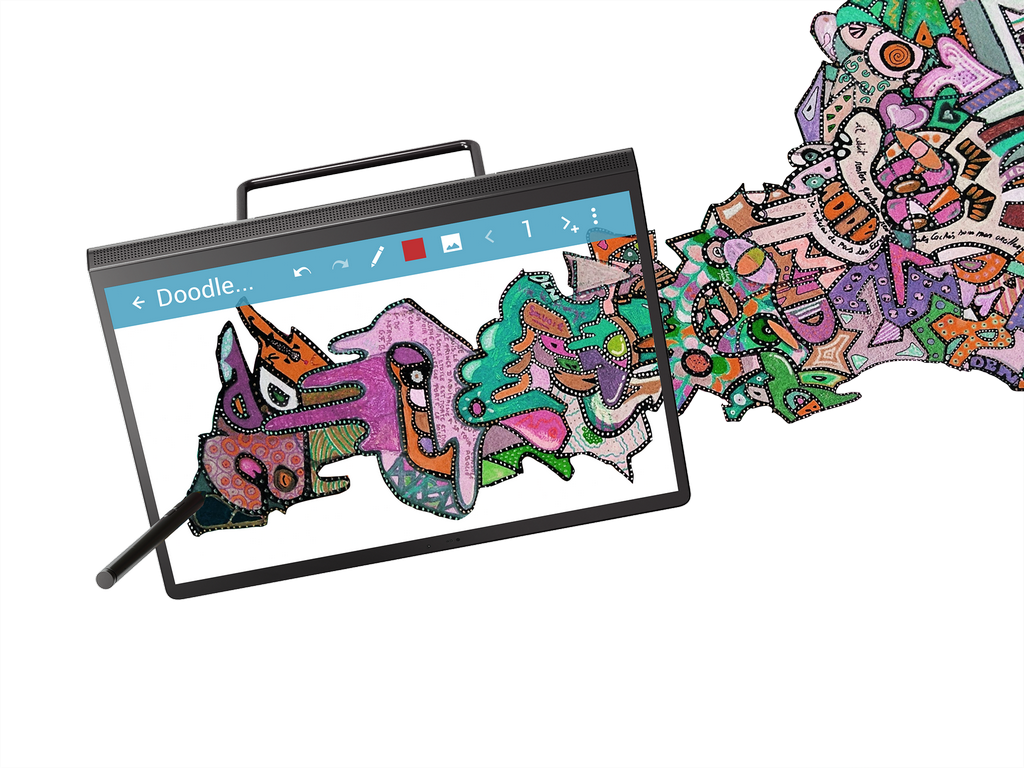
| Processor | Snapdragon 870 Mobile Platform, Octa-Core, up to 3.2GHz |
| OS | Android 11 |
| Audio + Mics | Quad JBL Speakers, Lenovo Premium Audio Solution, Dolby Atmos, 3 Microphones, 5cc audio chamber |
| RAM + ROM | 8GB (LPDDR5) + 128GB / 256GB |
| Battery (ROW) | Minimum capacity 10,000 mAh+; Up to 12 hours playback (1080p), 30W quick charge |
| Display | 13-inch (2160 x 1350) LTPS with Dolby Vision, 60Hz refresh, 400 nits |
| Weight | 830 g (1.83 lbs) |
| Color | Shadow Black |
| Software | Google Kids Space, Google Entertainment Space, Netflix, and much more |
Lenovo Yoga Tab 11
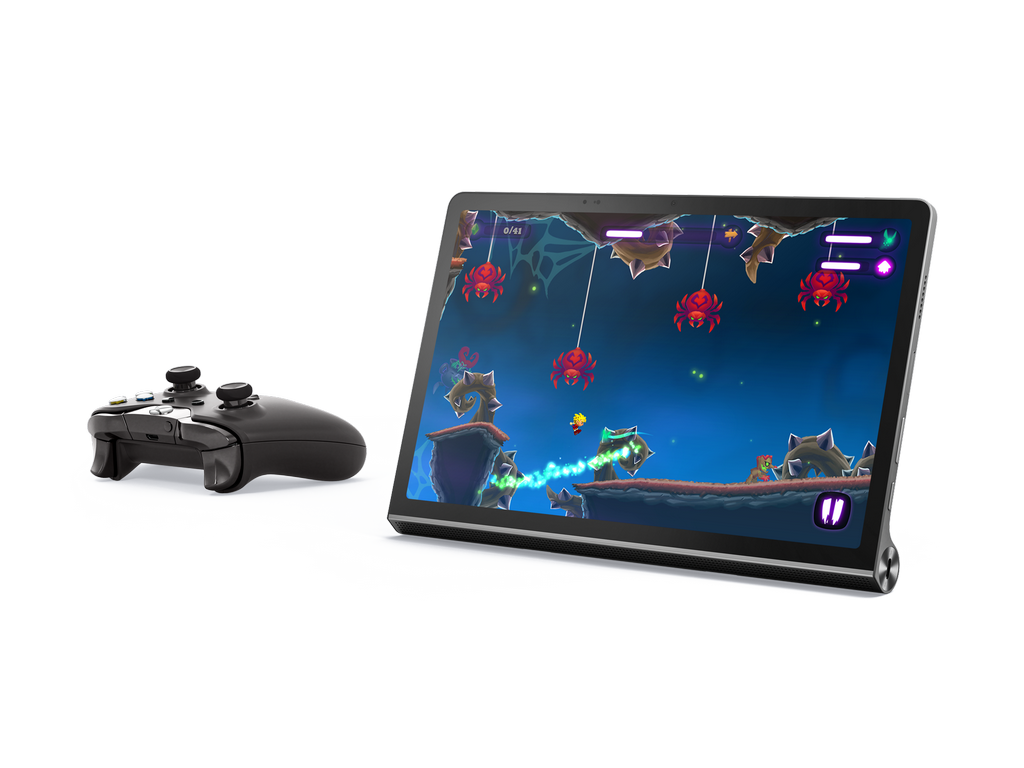
| Processor: Wi-Fi/LTE | Wi-Fi: MediaTek Helio G90T (MT8185) / LTE: MediaTek Helio G90T (MT8789) Octa-Core Processor |
| OS | Android 11 |
| Audio + Speakers | Quad JBL Speakers, Lenovo Premium Audio Solution with Dolby Atmos, dual mics, 5cc audio chamber |
| RAM / ROM | 8GB + 256GB LPDDR4 RAM / 4GB + 128GB ROM |
| Battery (ROW) | Minimum capacity 7,500 mAh; Up to 15 hours video playback, 20W quick charge |
| Display | 11-inch (2000 x 1200) TDDI LCD, 60Hz refresh, 400 nits, and Dolby Vision |
| Weight | 655 g (1.44 lbs) |
| Color | Storm Grey |
| Software | Google Kids Space, Google Entertainment Space, Netflix, and much more |
Lenovo Tab P11 Plus
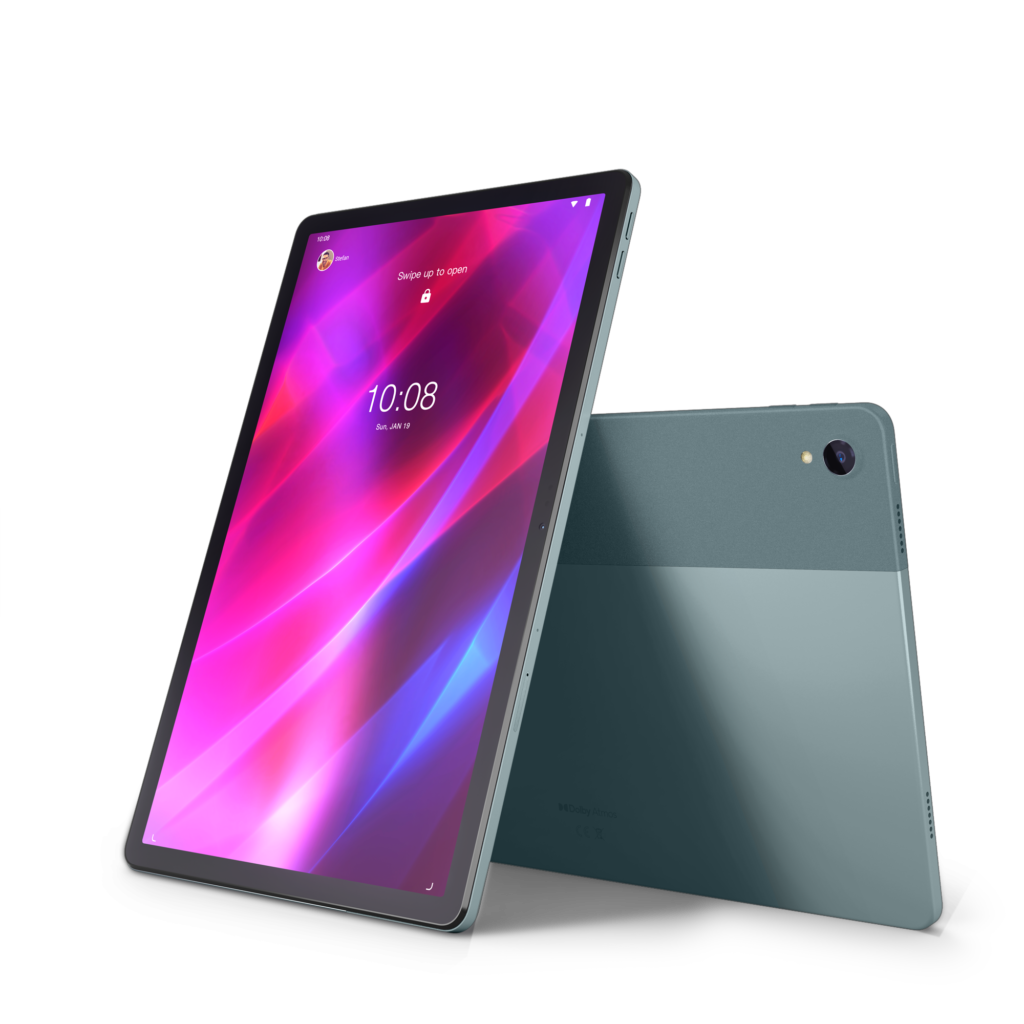
| Processor | MediaTek Helio G90T, Octa-Core |
| OS | Android 11 |
| Audio + Speakers | Dual Microphone Array + Smart Voice DSP, quad speakers optimized for Dolby Atmos |
| Memory (ROW) | LPDDR4 – 4GB + 64GB / 4GB + 128GB / 6GB +128GB |
| Battery | Minimum capacity 7,500 mAh; Up to 12 hours video playback, 20W quick charge |
| Display | 11-inch IPS LCD 2K (2000 x 1200), 60Hz, NTSC 70 percent color gamut, 400 nits |
| Weight | 490 g (1.1 lbs) tablet only |
| Colors | Slate Grey, Platinum Grey, Modernist Teal |
| Software | Google Kids Space, Google Entertainment Space, Netflix, and much more |
Lenovo Tab M7 (3rd Gen)
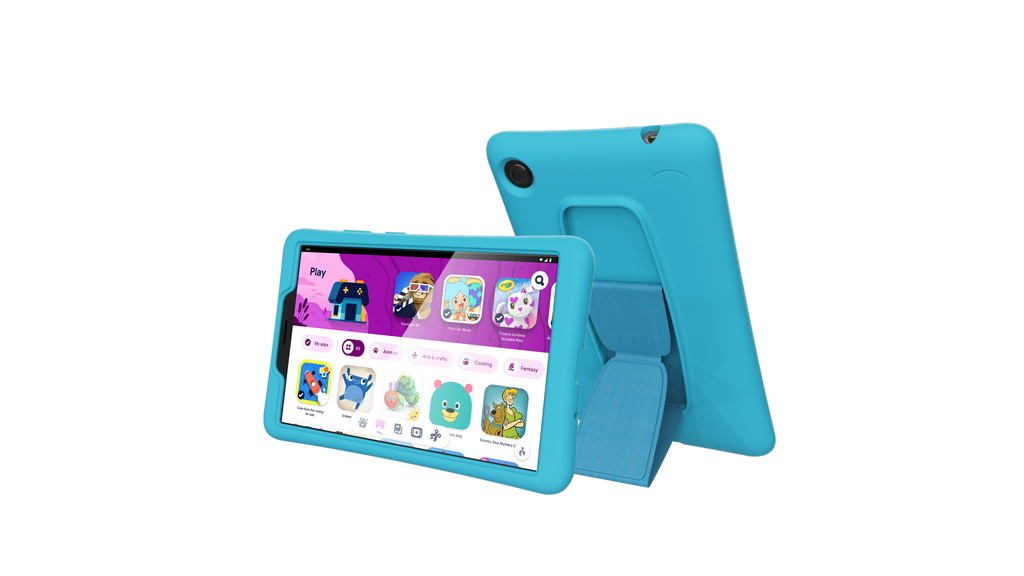
| Processor | Wi-Fi: MediaTek MT8166 / LTE: MediaTek MT8766 (with 2.0GHz clock speed) |
| Audio | 1 speaker x 1 mic + Dolby Audio™ |
| Memory | 2GB LPDDR4 + 32GB EMCP |
| Battery | Up to 10 hours video playback |
| Display | 7-inch IPS (1024 X 600) TDDI LCD screen, up to 350 nits |
| Color | Iron Grey |
| Camera | Rear and Front: 2MP fixed-focus |
| Software | Comes with Google Kids Space and Google Entertainment Space |
Lenovo Tab M8 (3rd Gen)
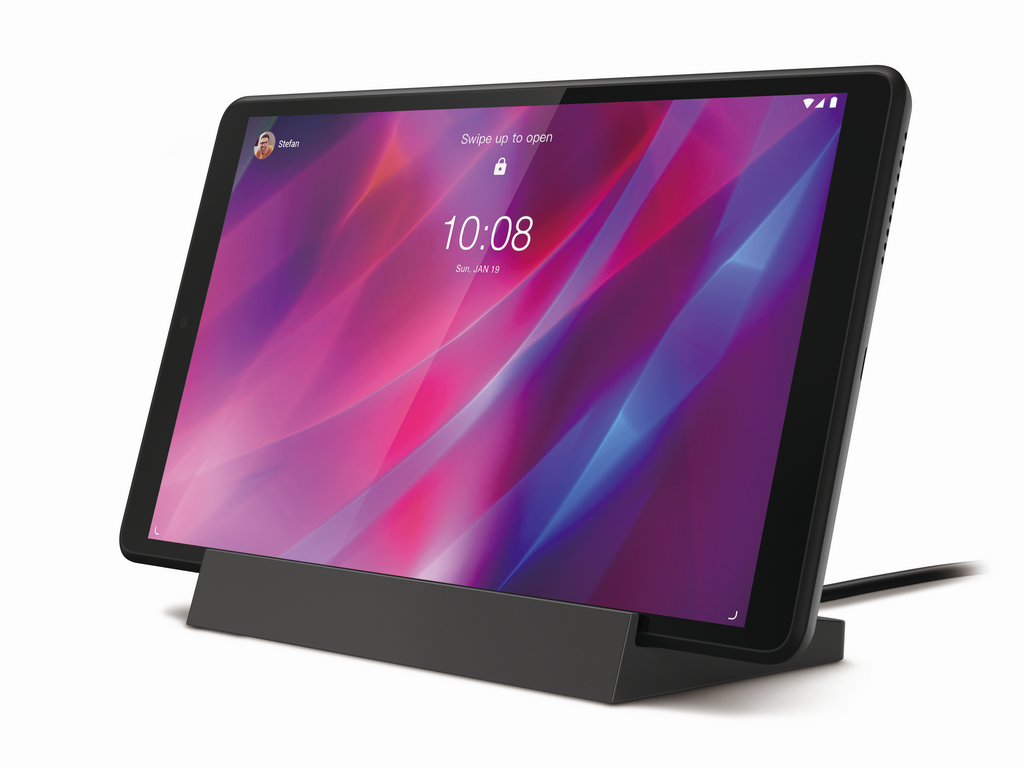
| Processor | MediaTek Helio P22T (4 x 2.3GHz + 4 x 1.8GHz) |
| Speakers + Audio | Model with the Smart Charging Station: dual mics, Dolby Atmos + dual front-facing speakers Model without: one mic, Dolby Atmos + front-facing speaker |
| Display | 8-inch IPS HD (1280 x 800) TDDI LCD screen, 350 nits of brightness |
| Nano SIM Card | For LTE model only |
| Camera | Rear 5MP auto-focus; Front 2MP fixed-focus |
| Colors | Tablet only: Iron Grey and Platinum; Tablet with Smart Charging Station: Iron Grey |
| Software | Comes with Google Kids Space and Google Entertainment Space |
